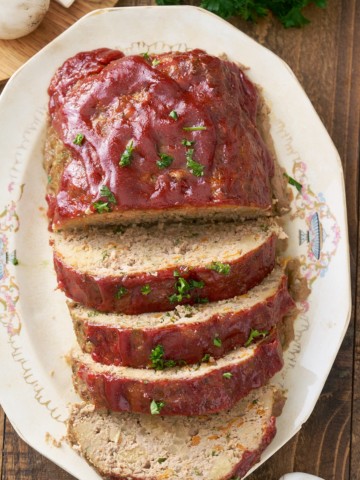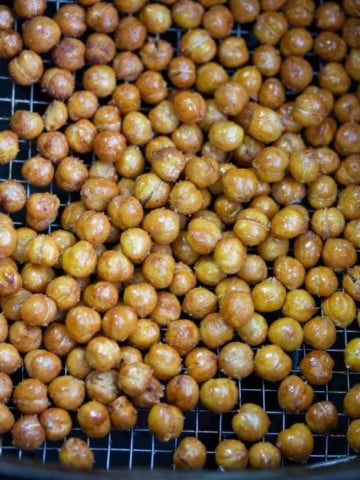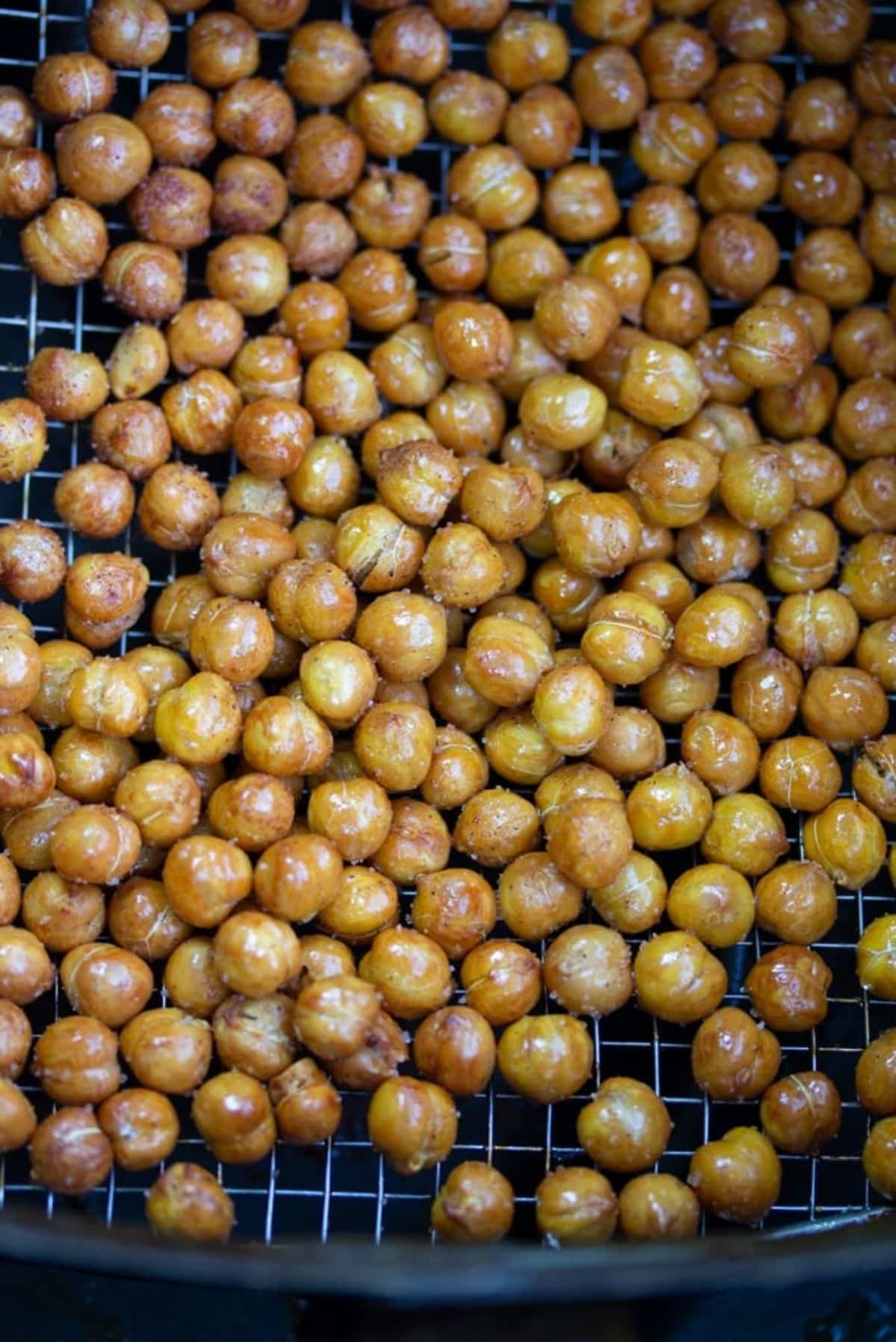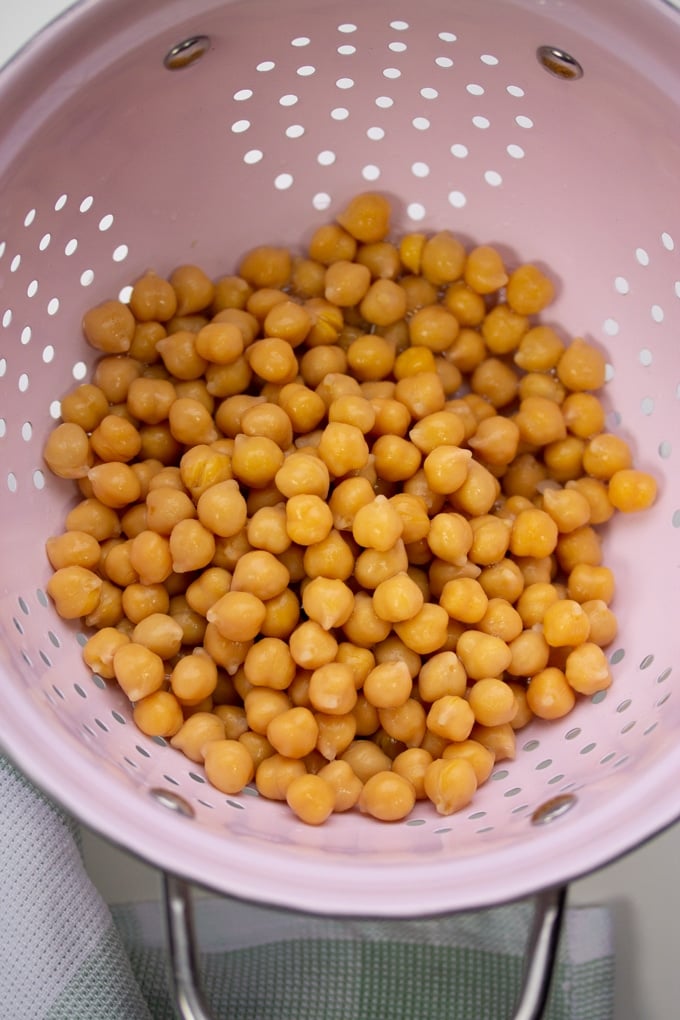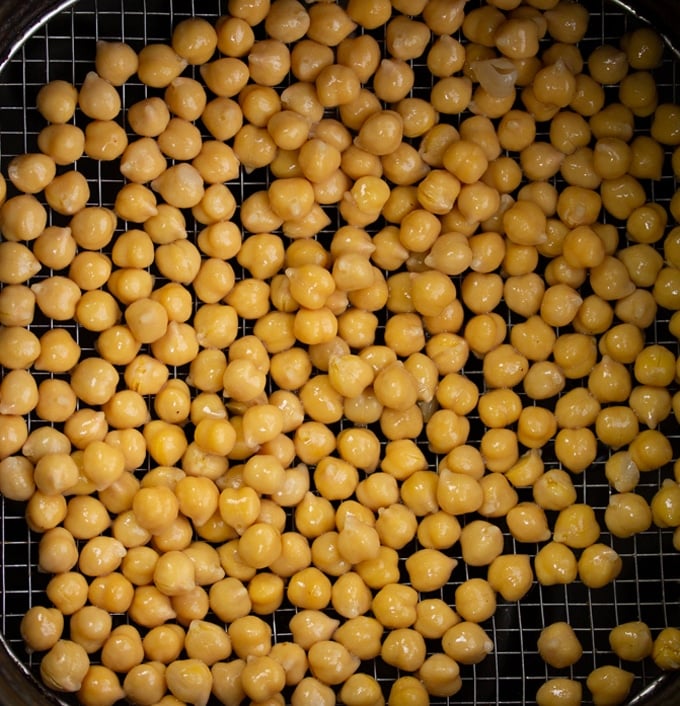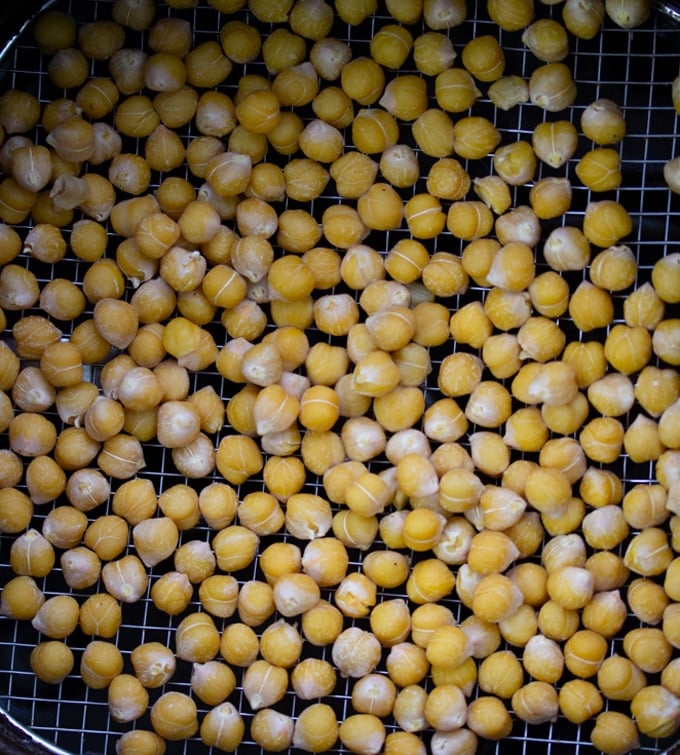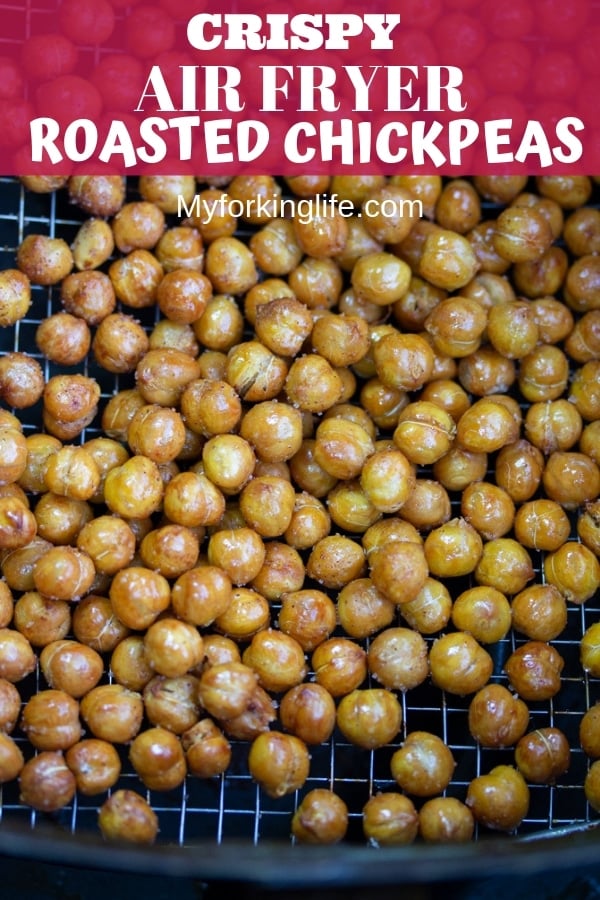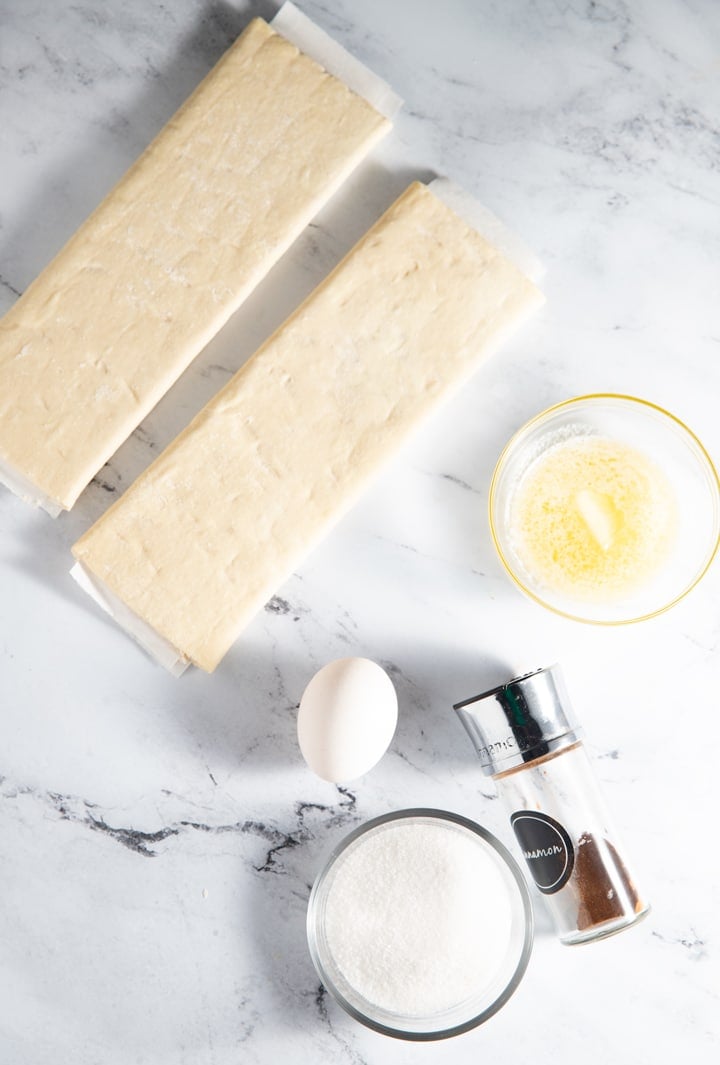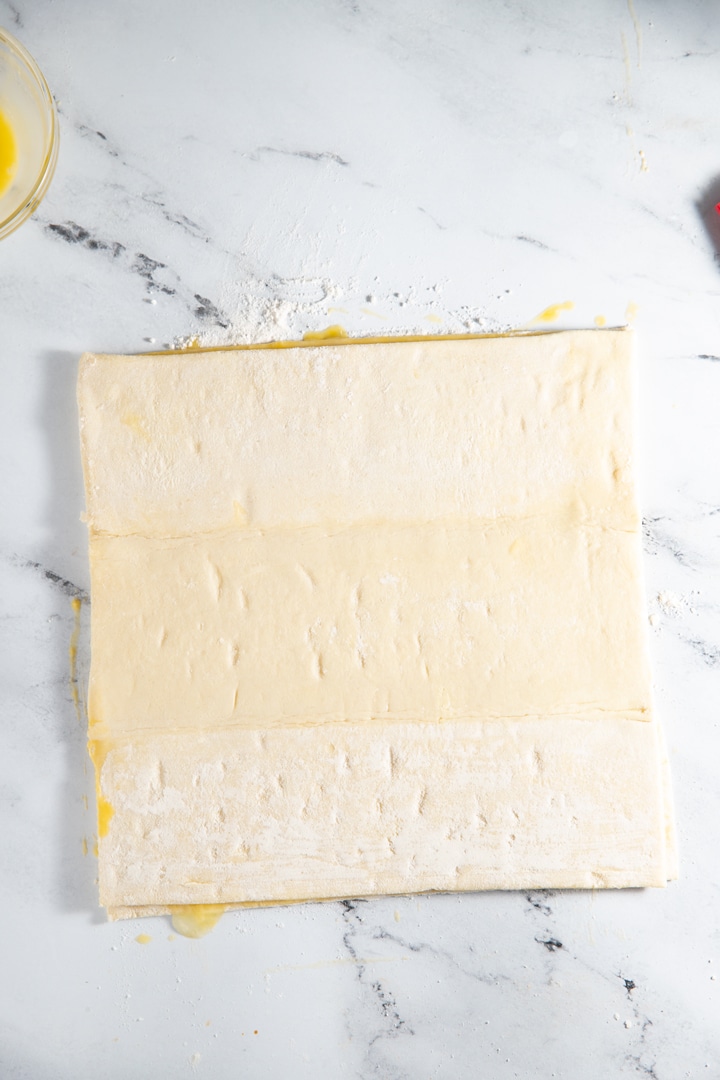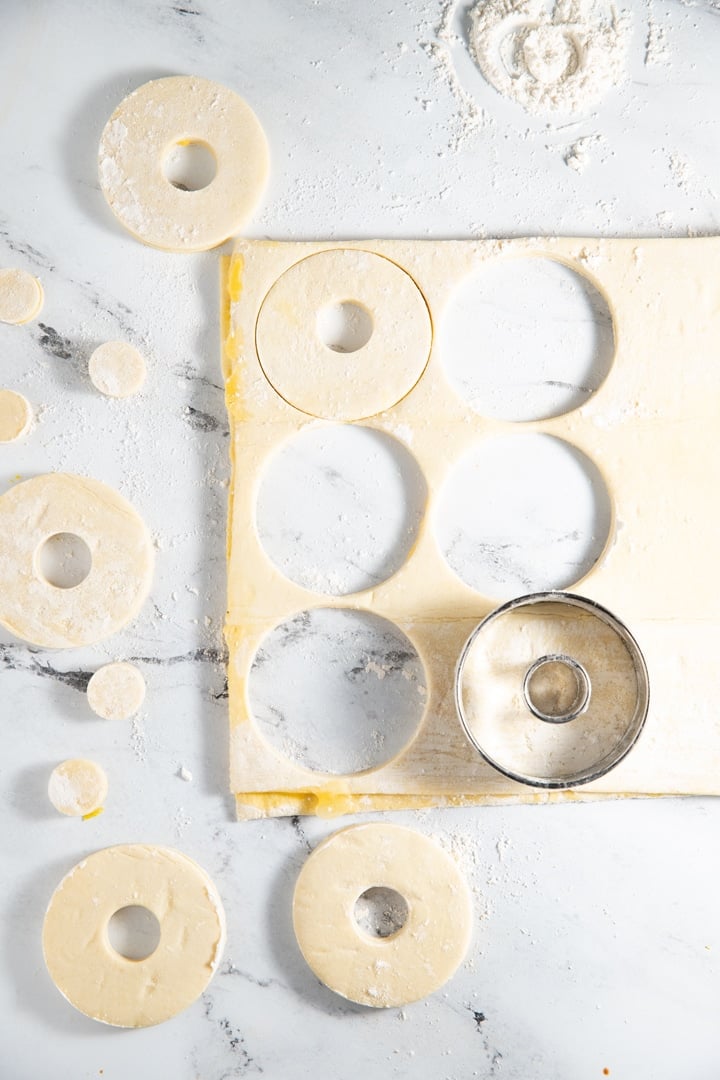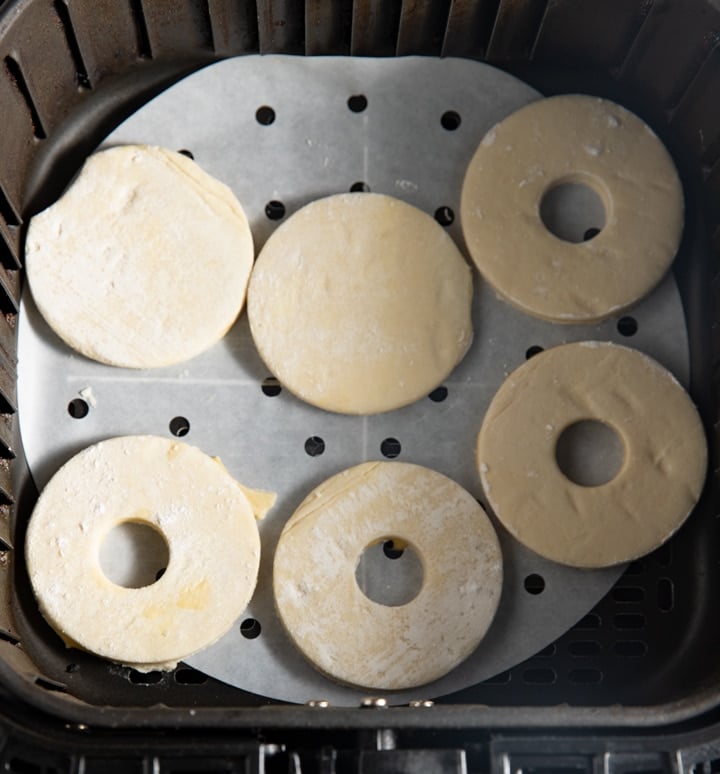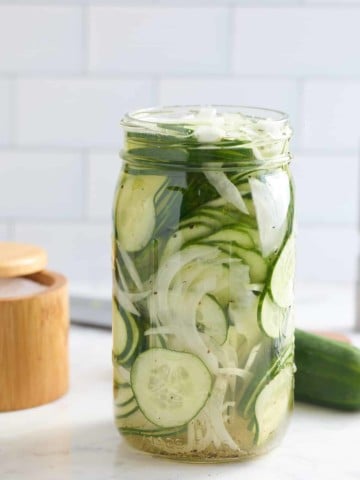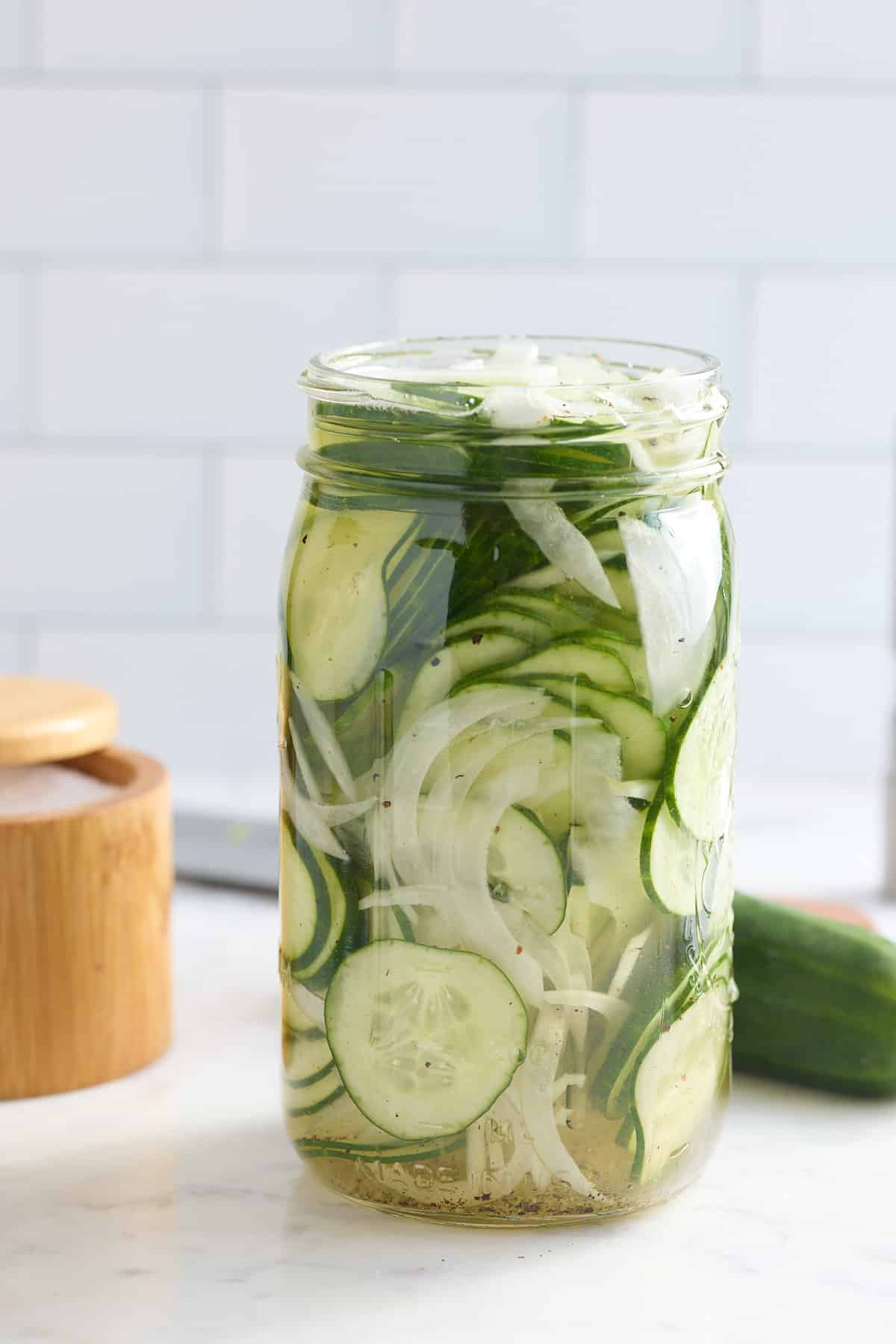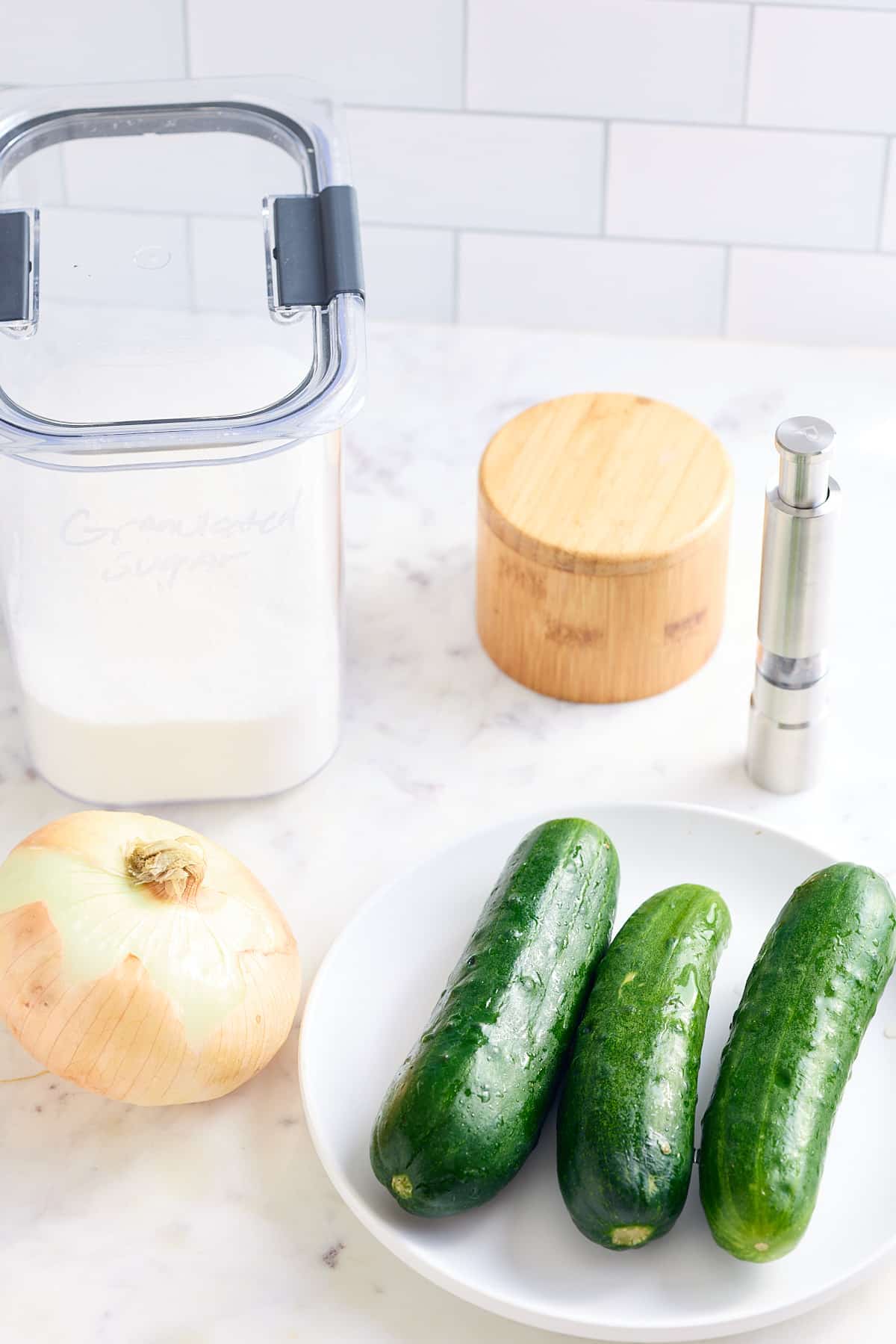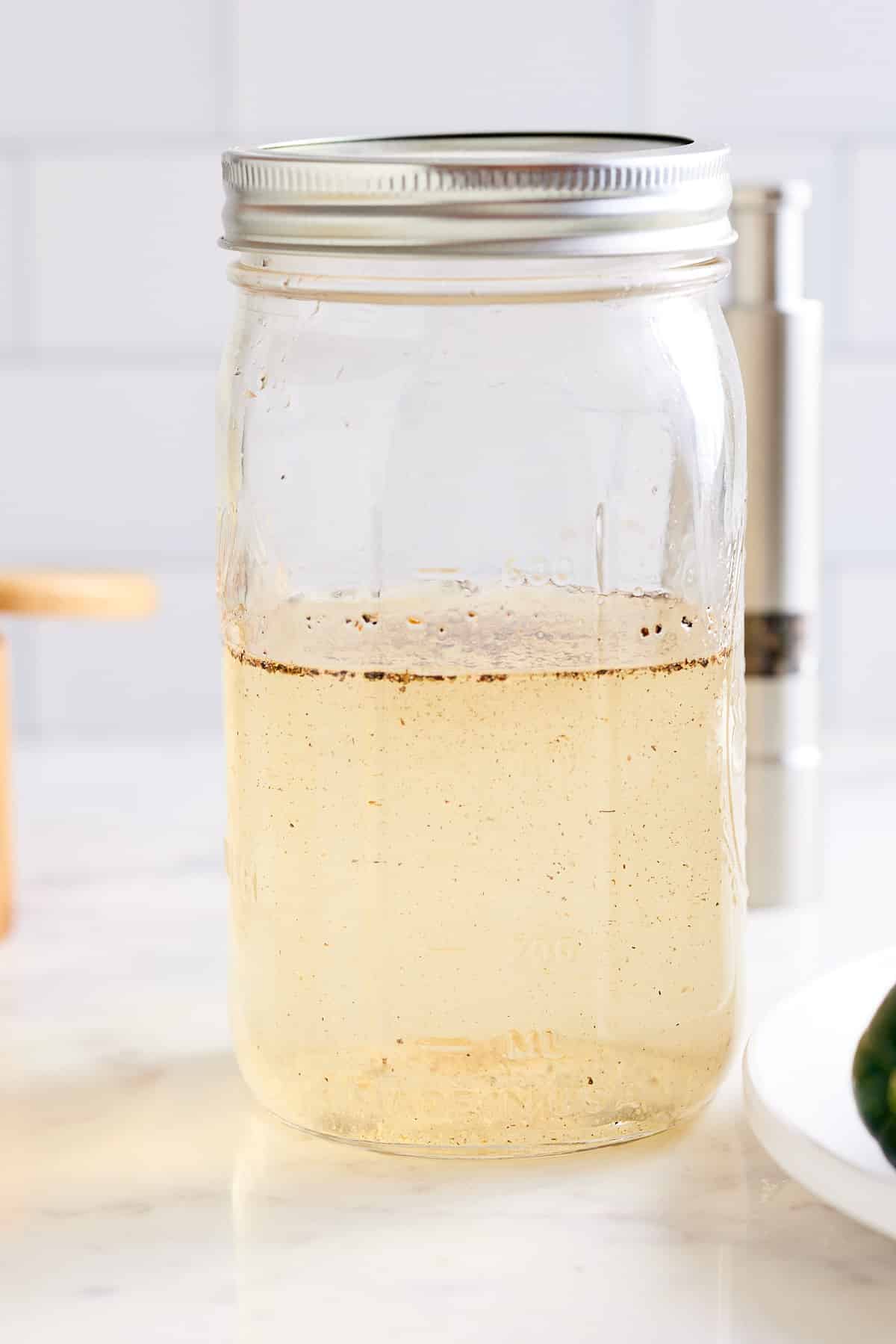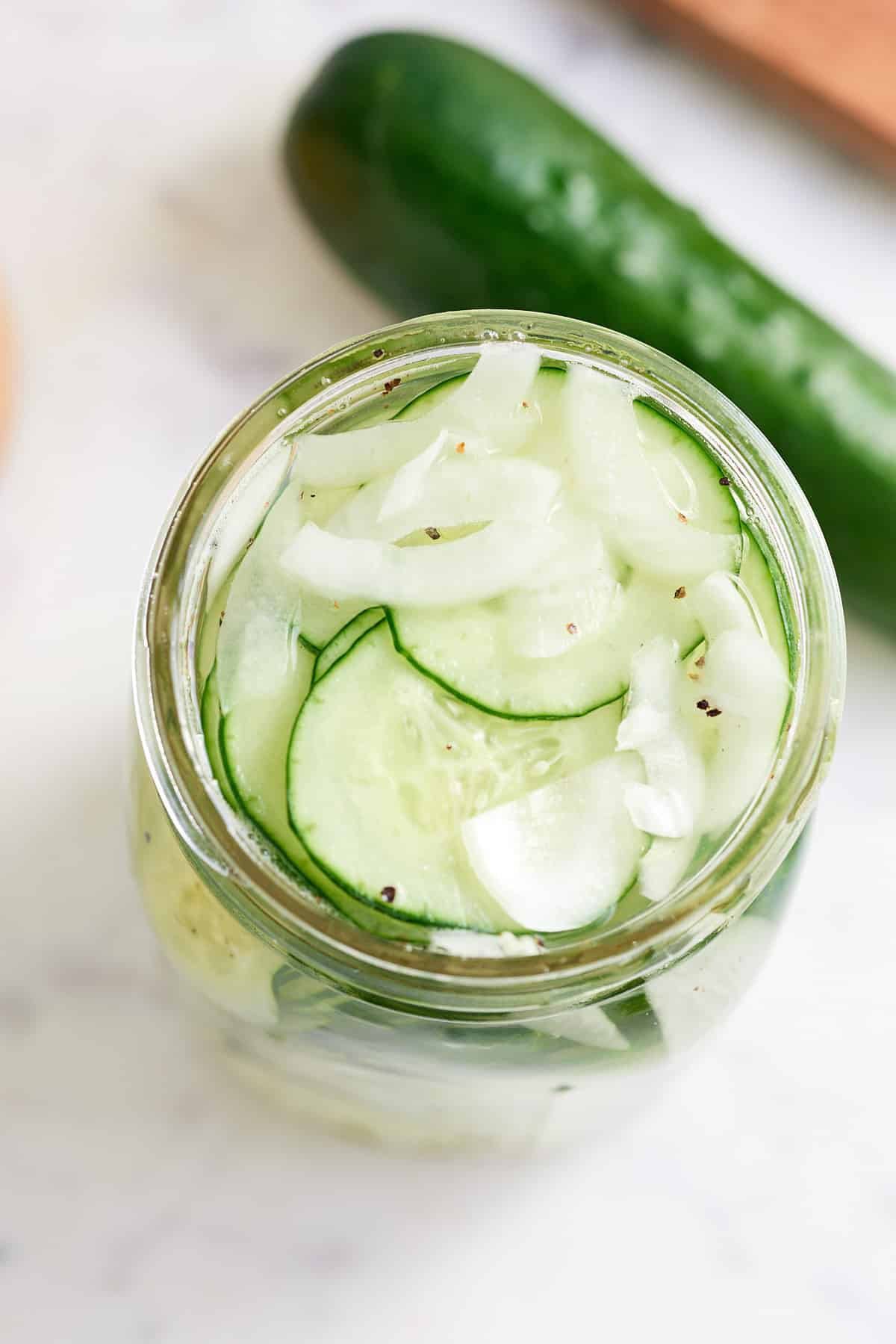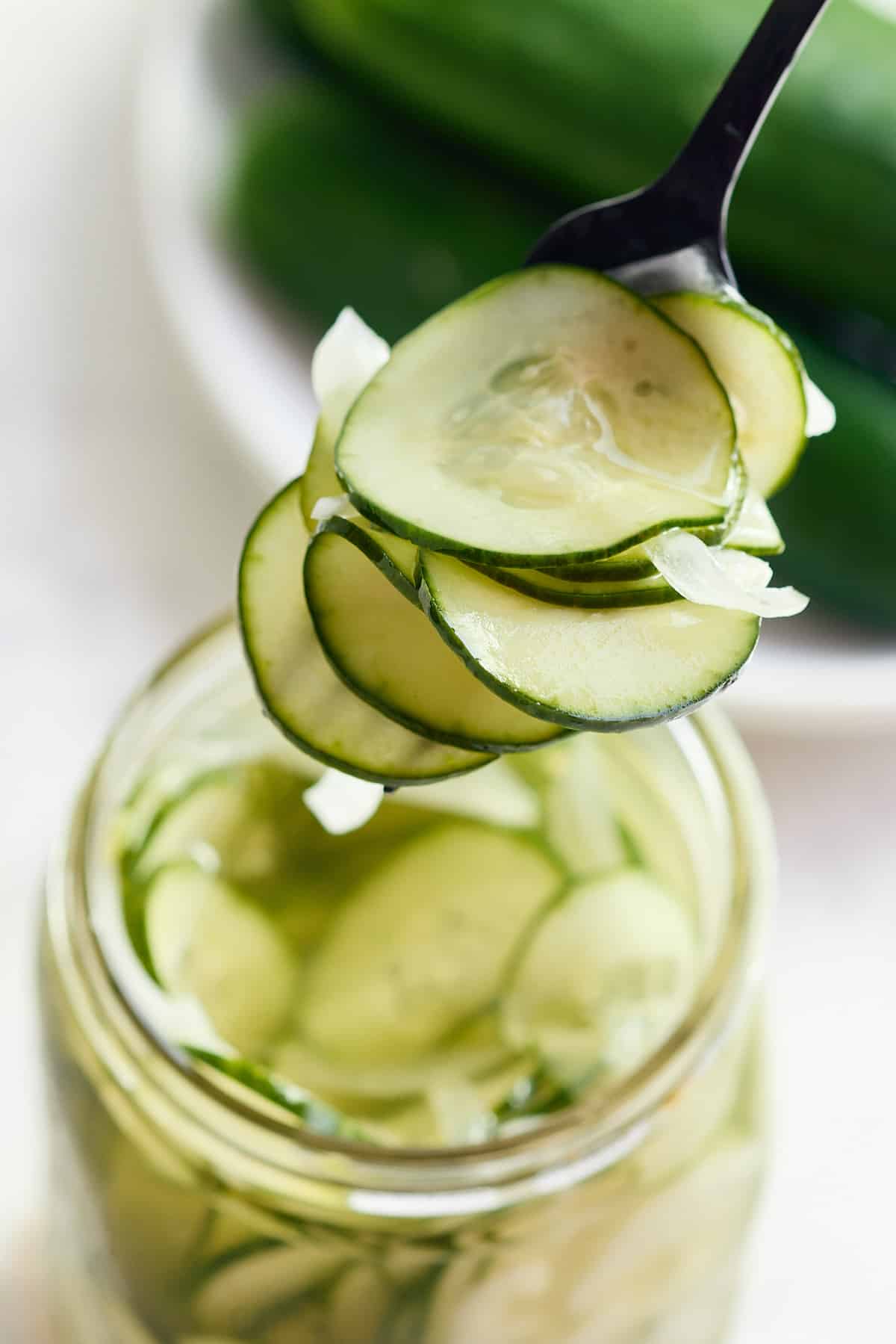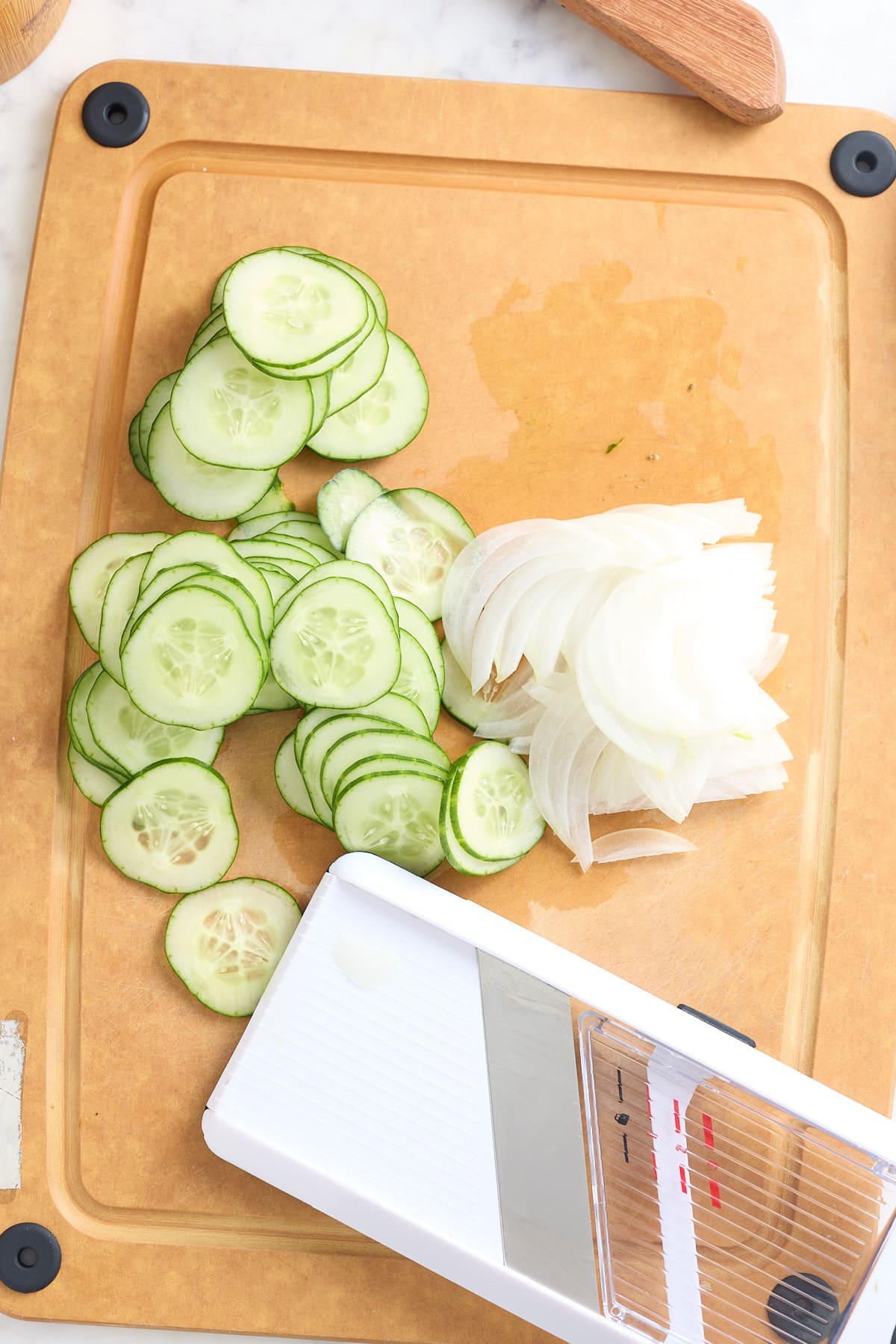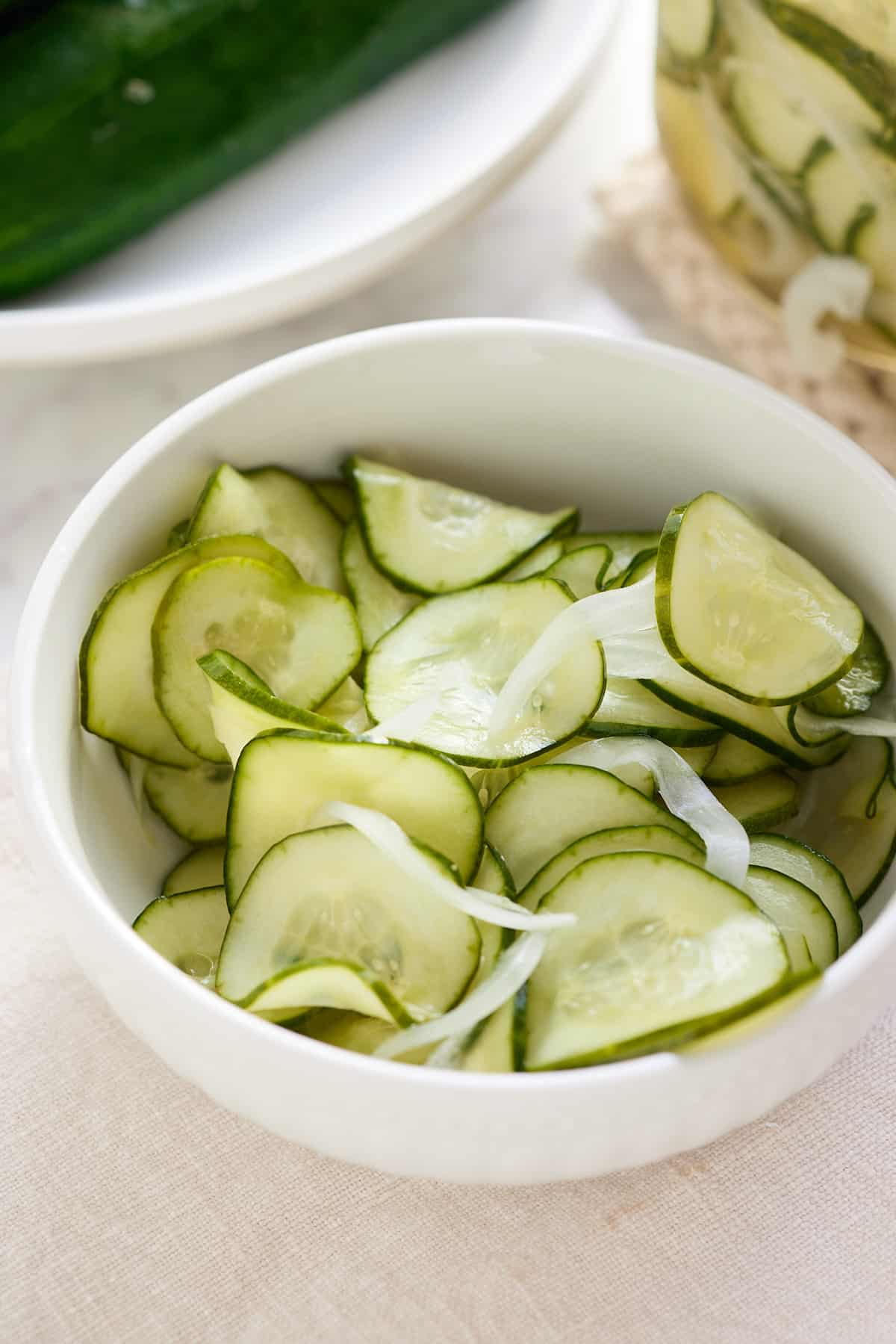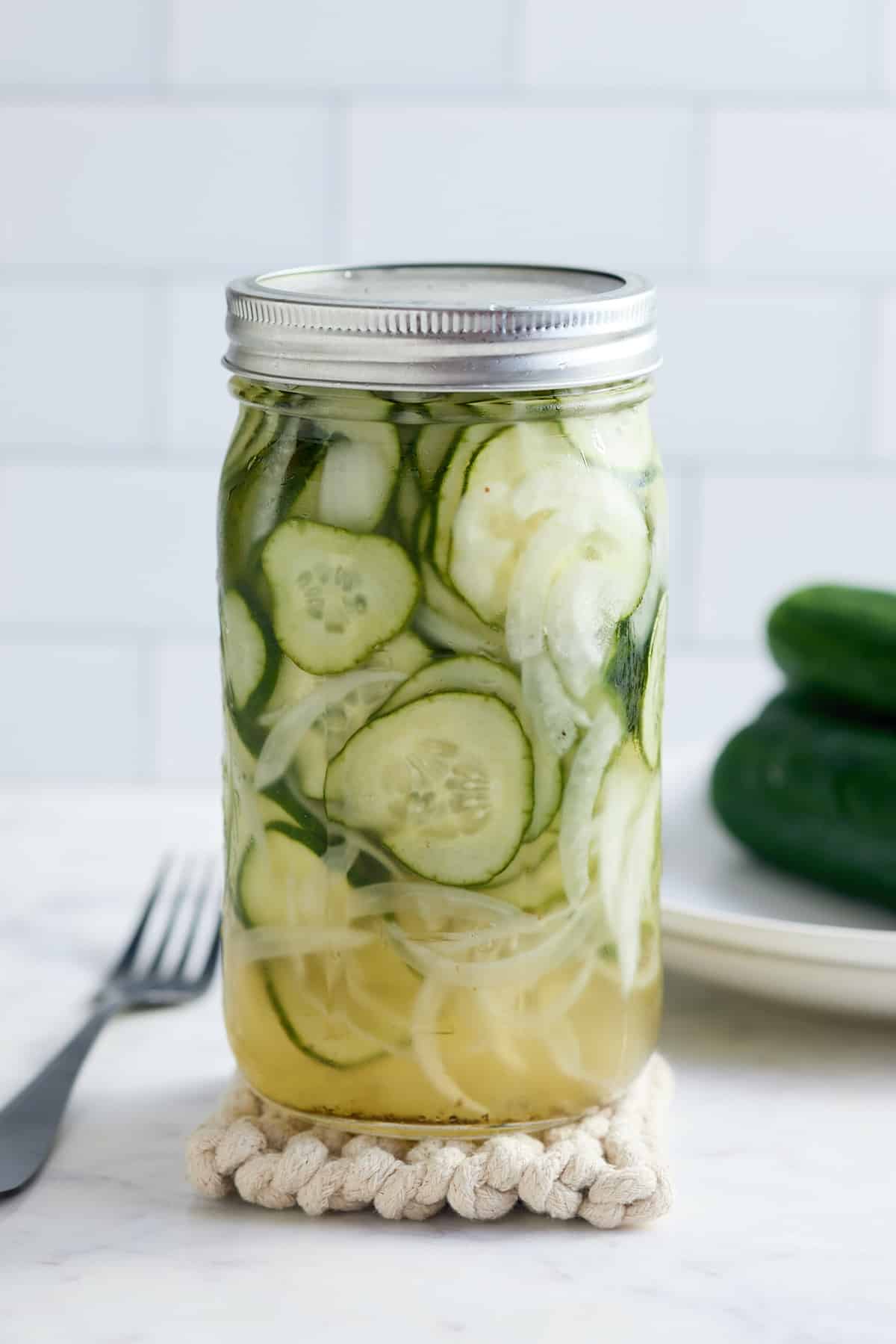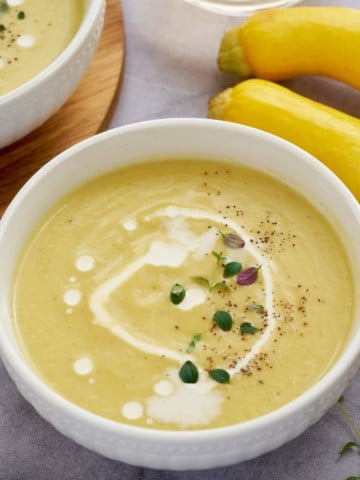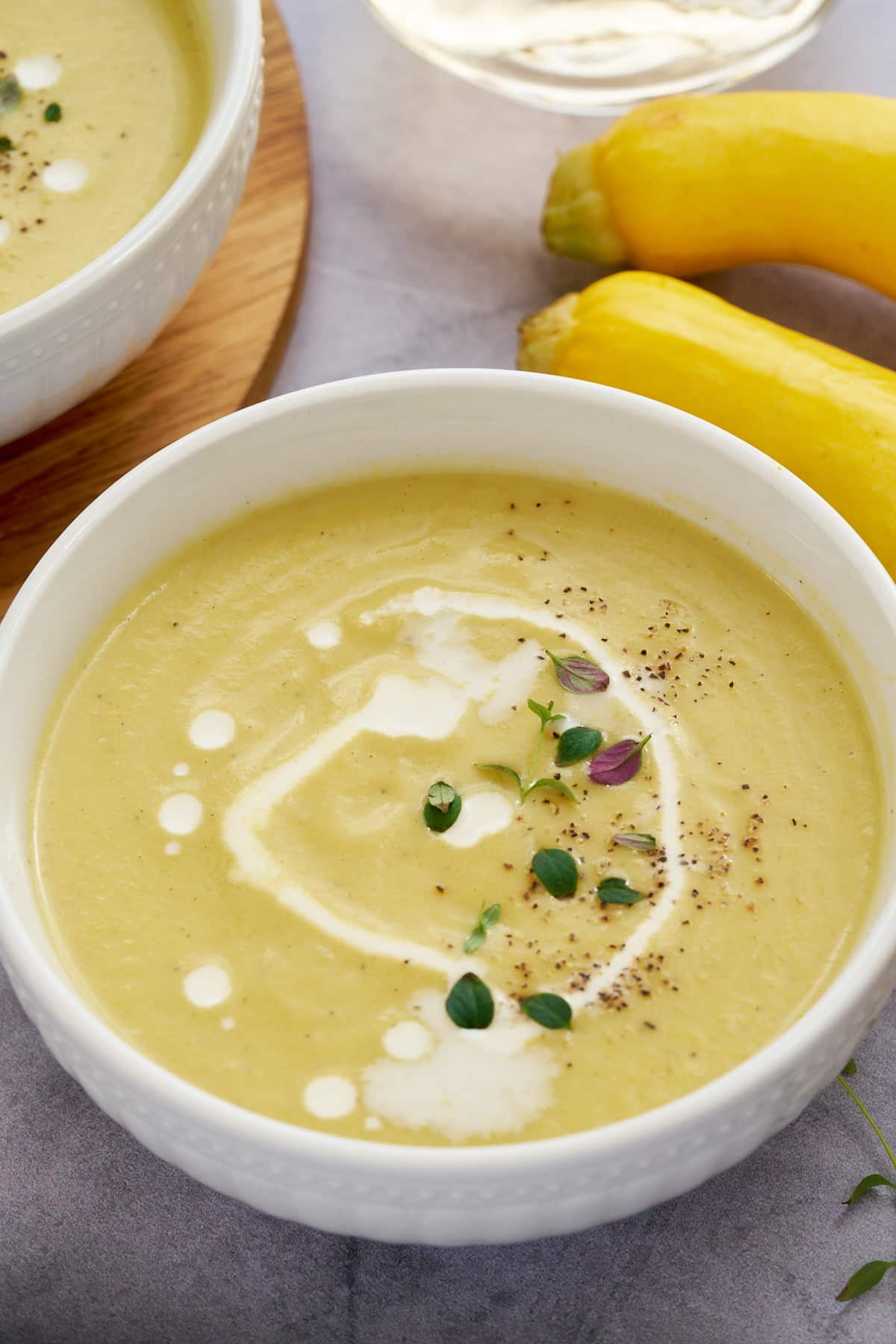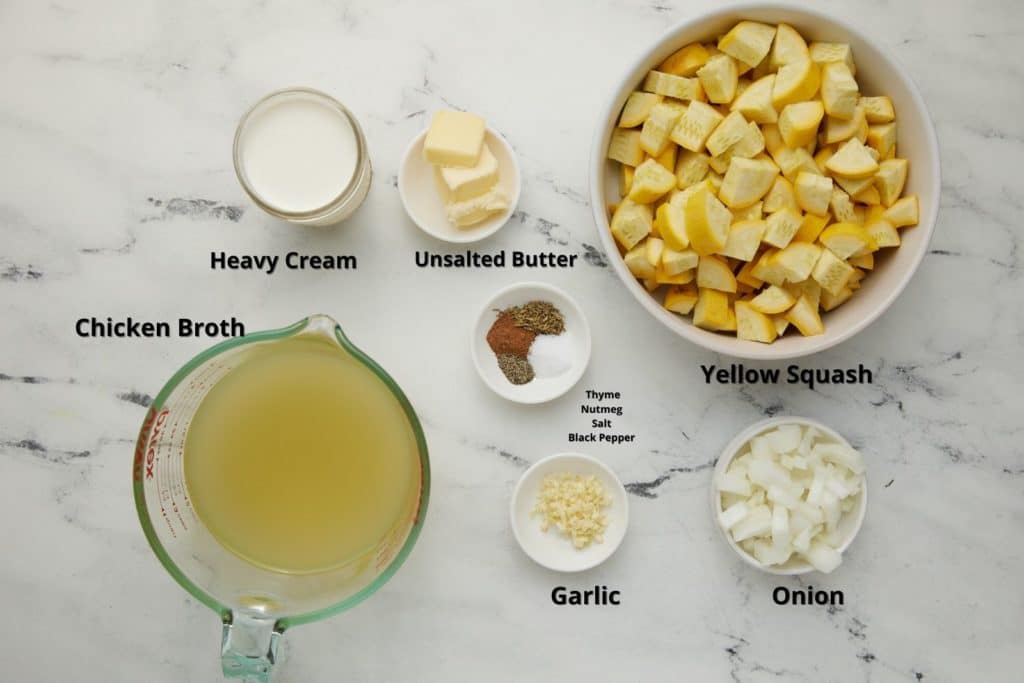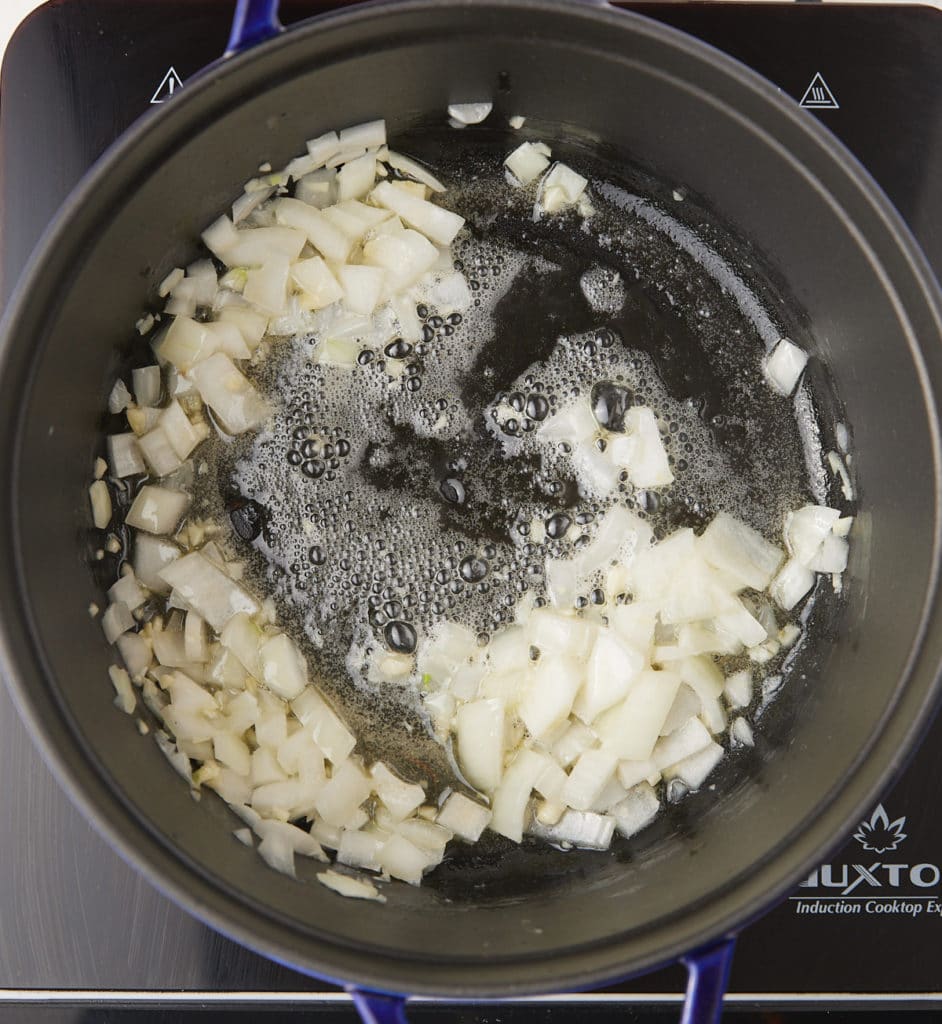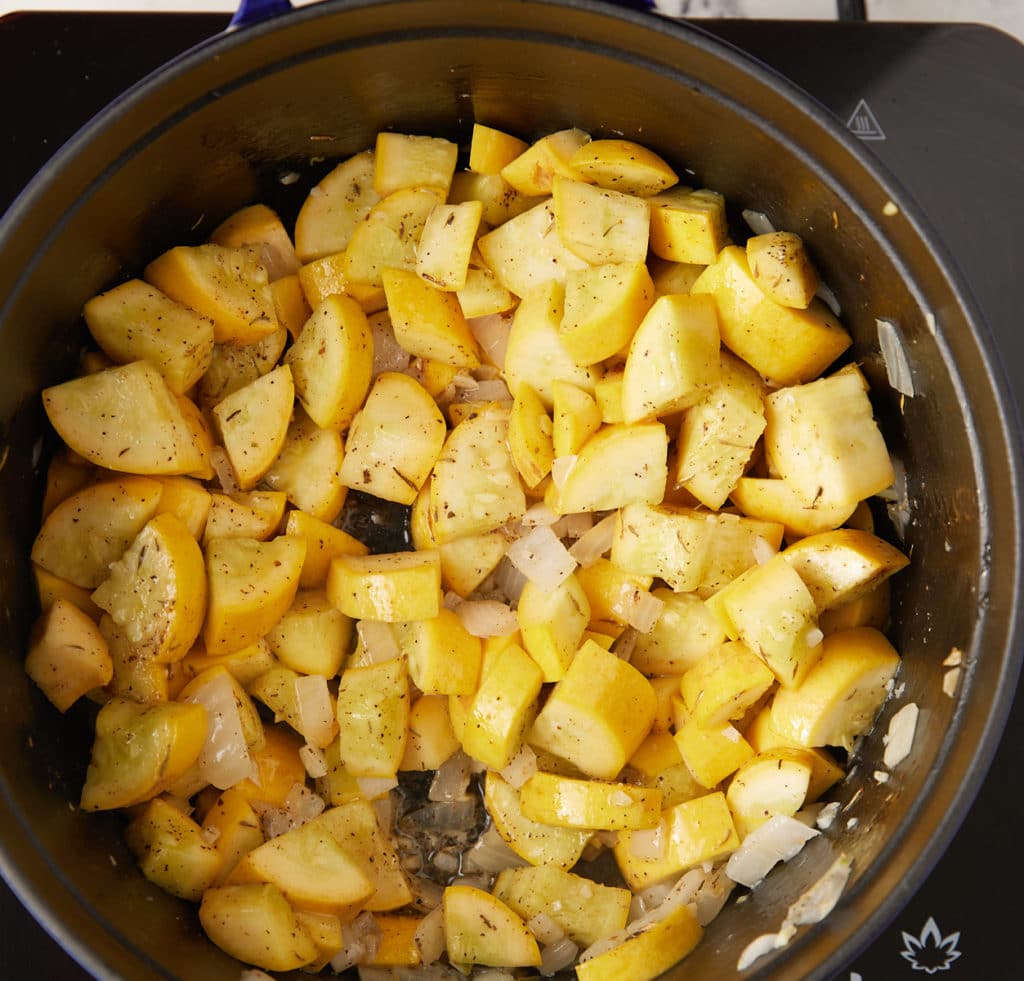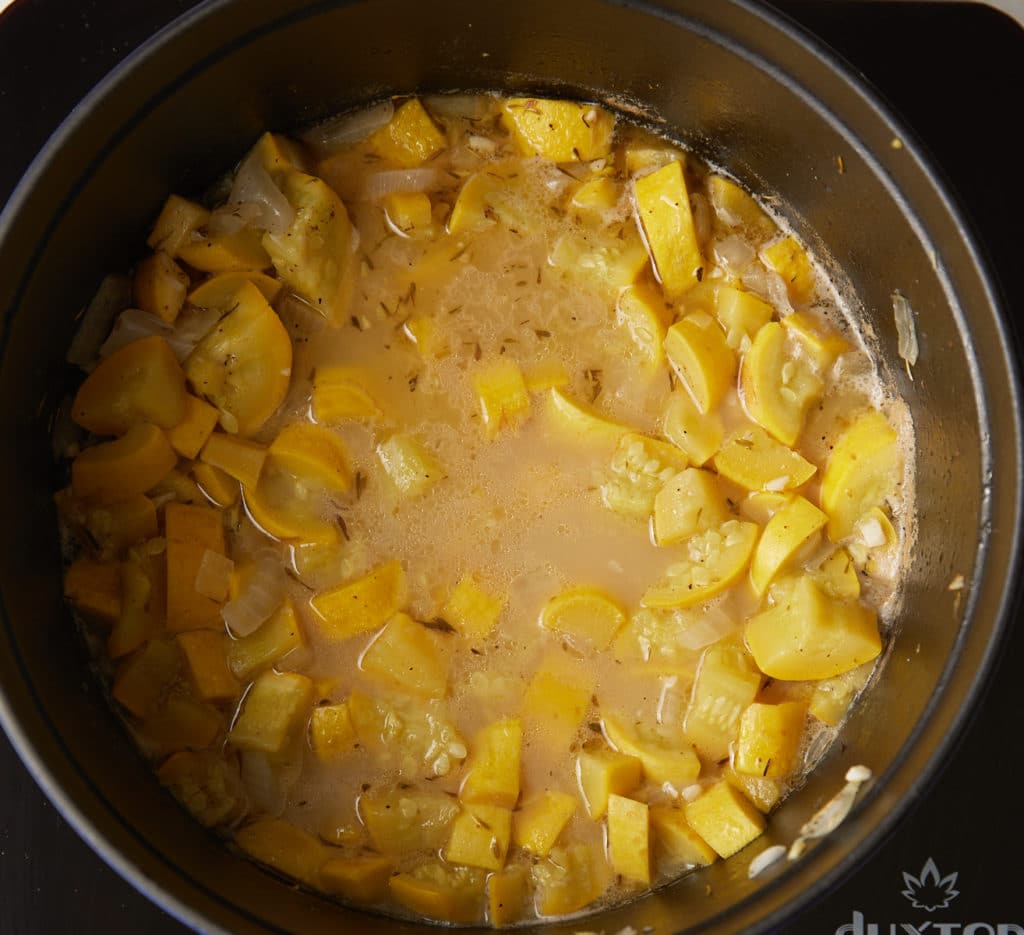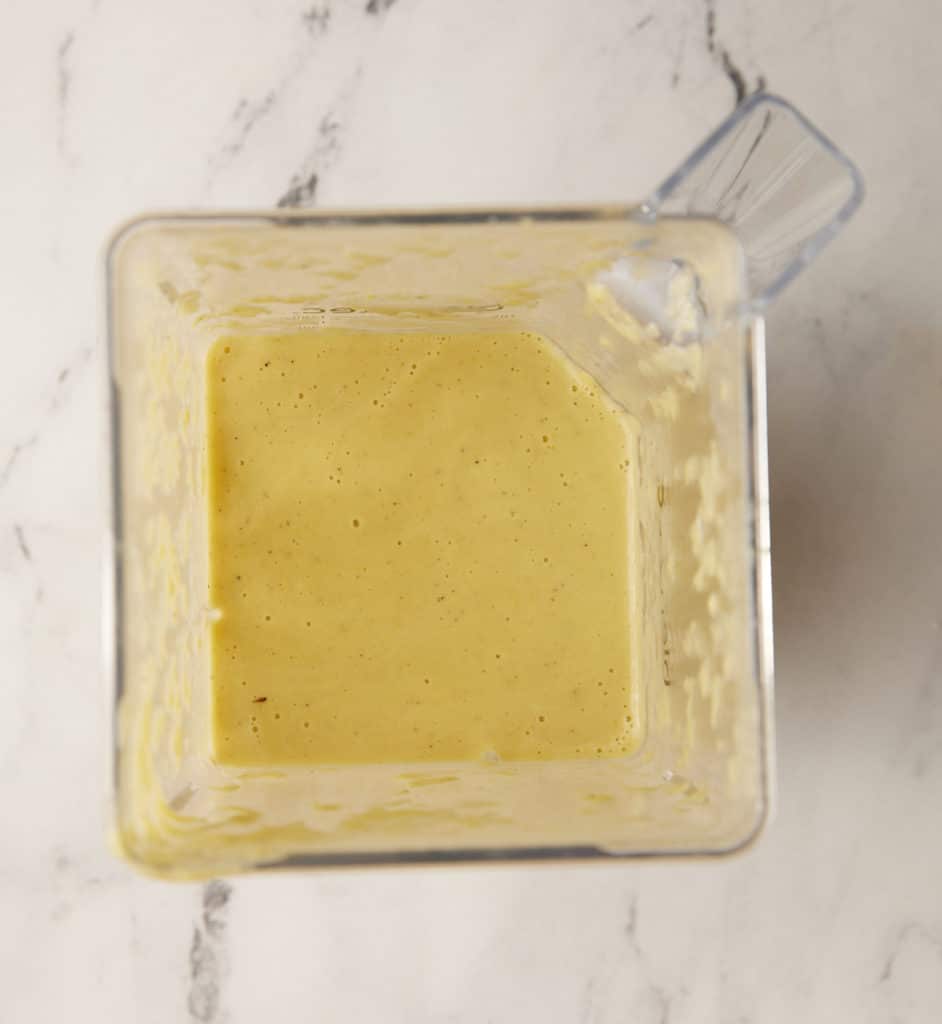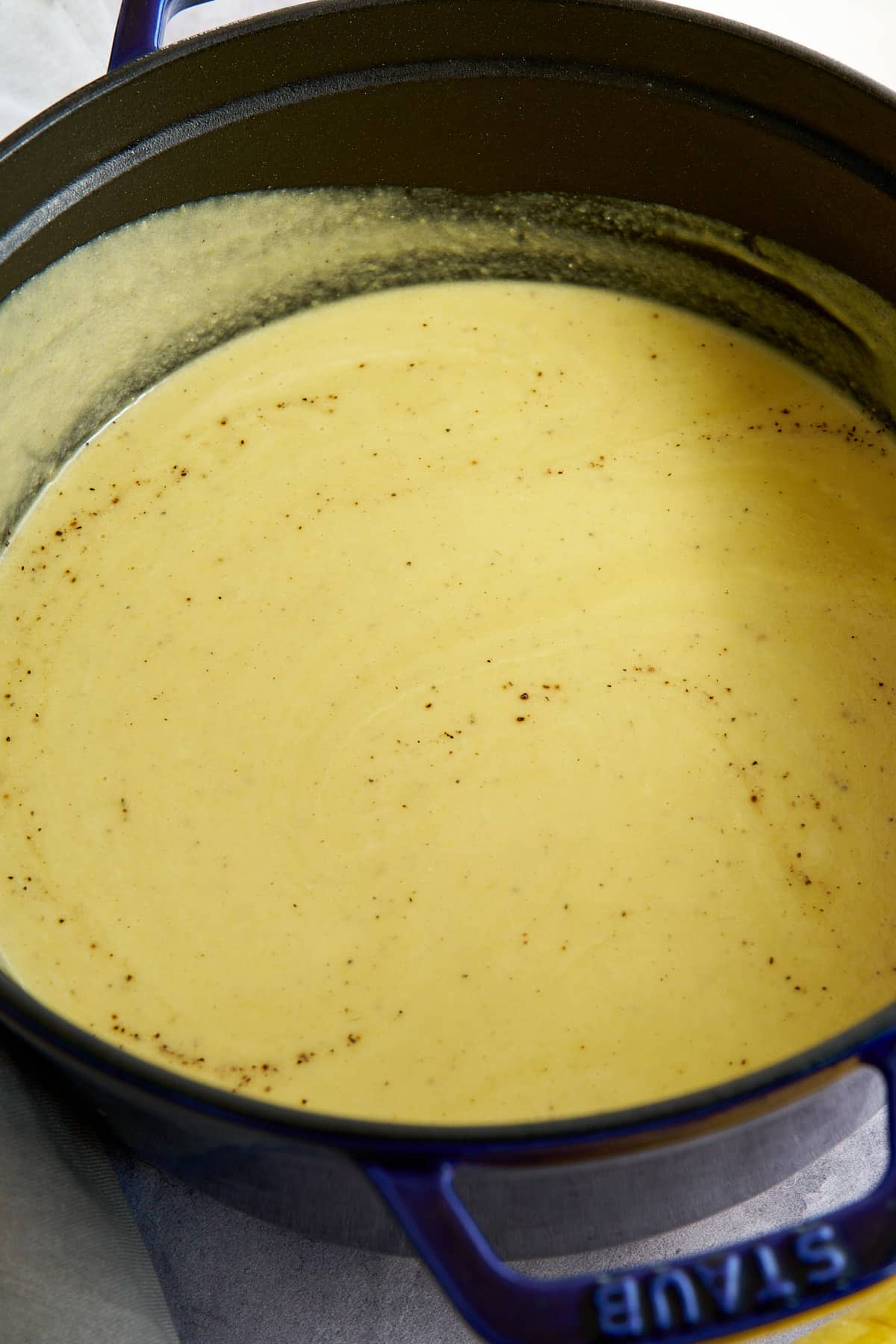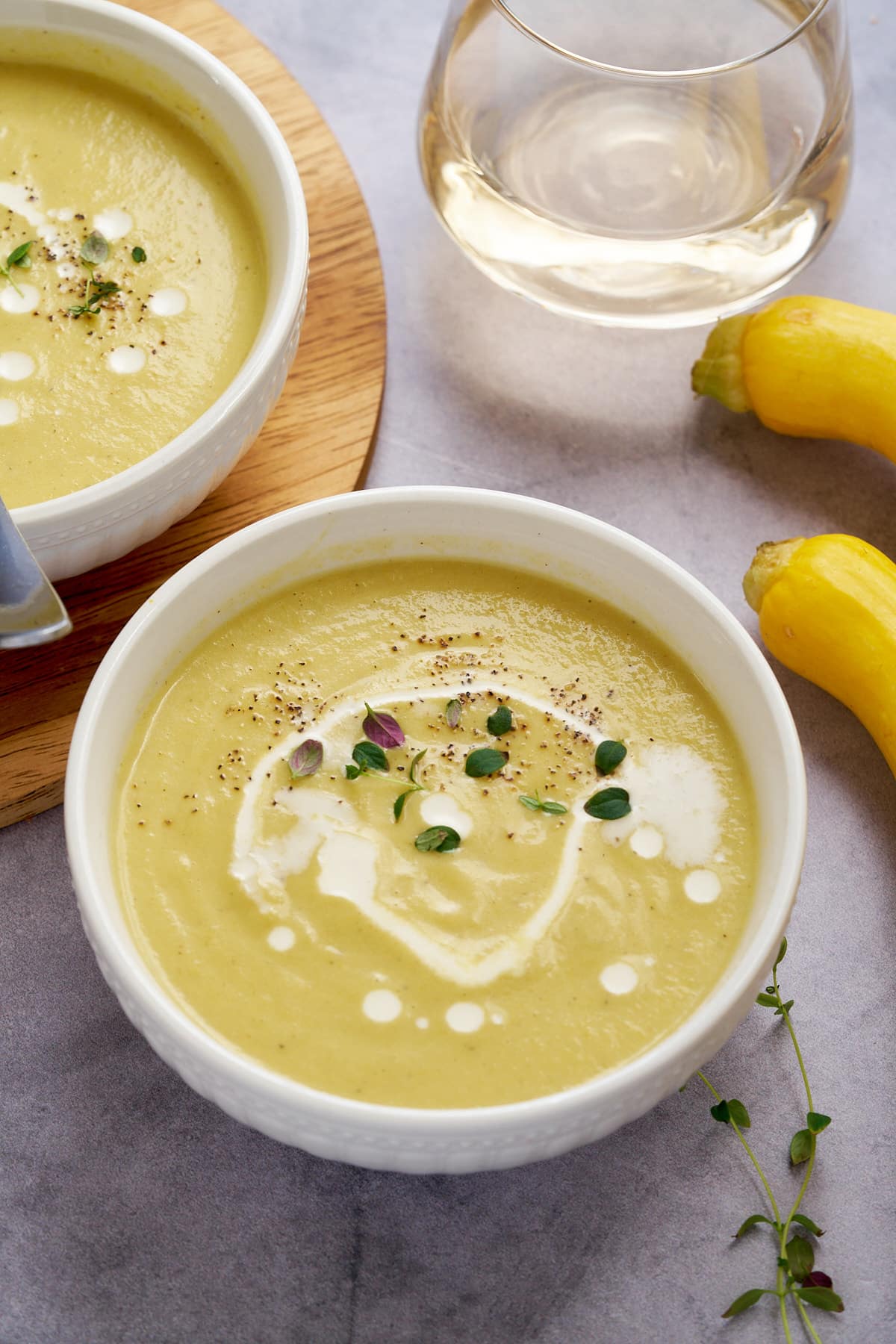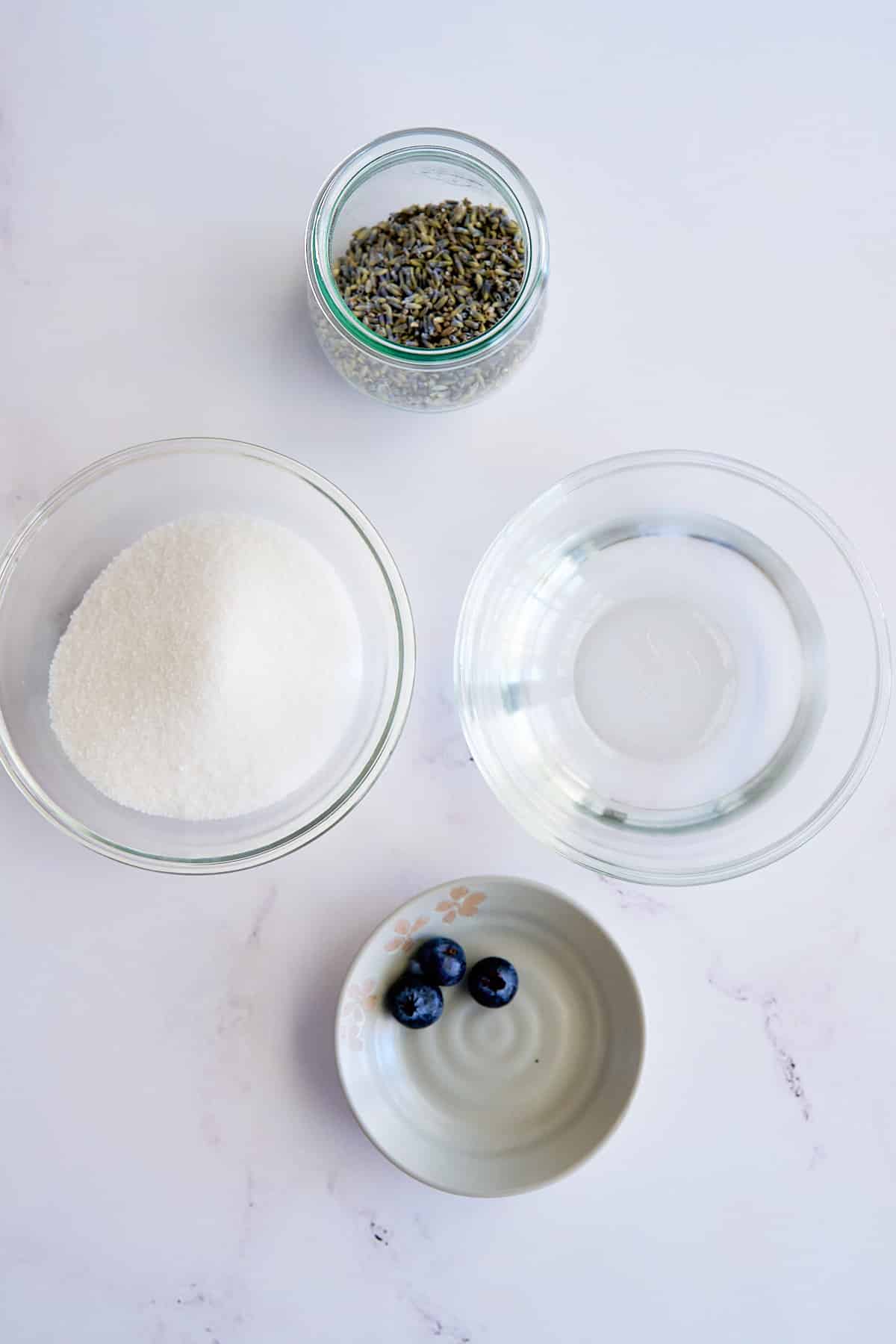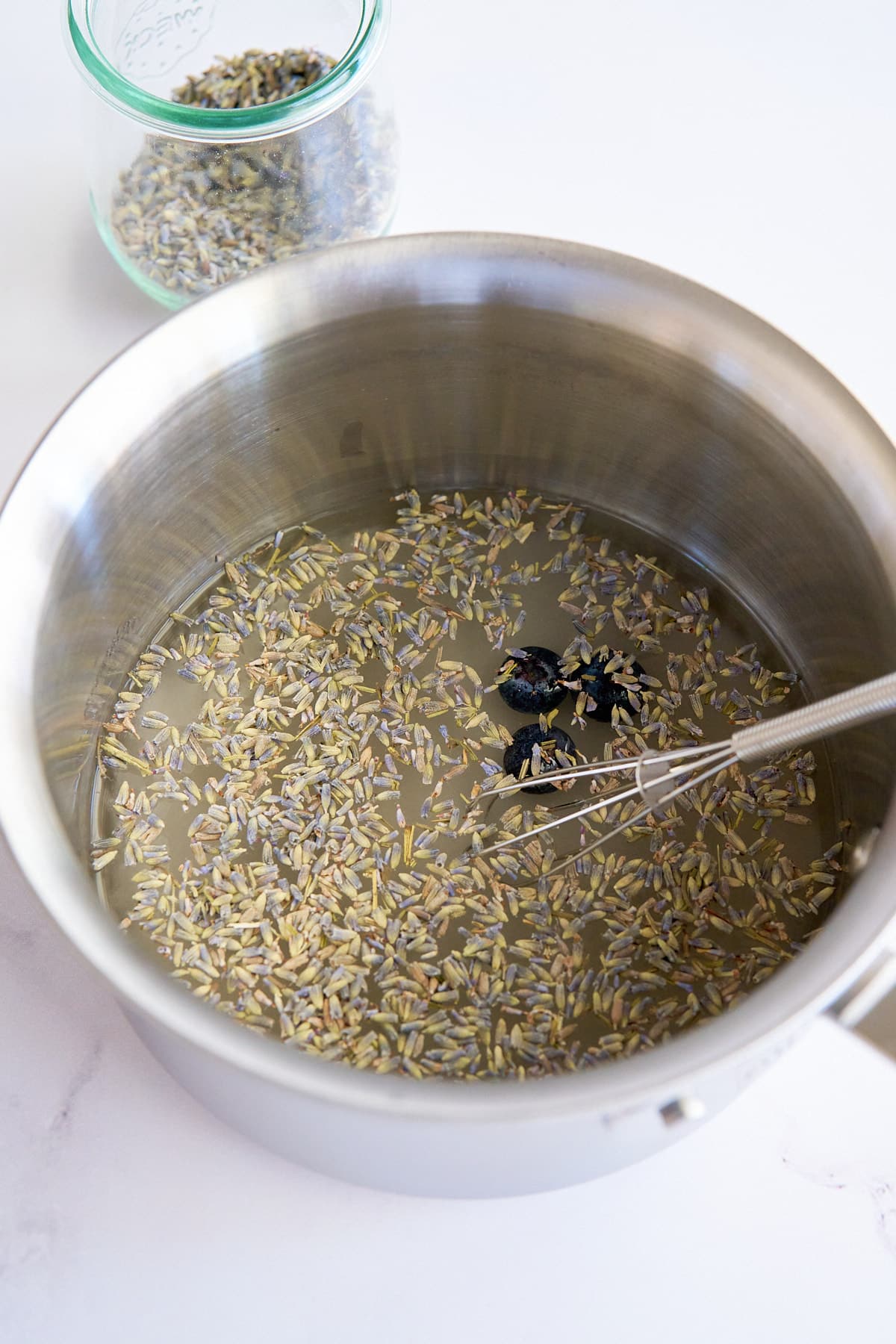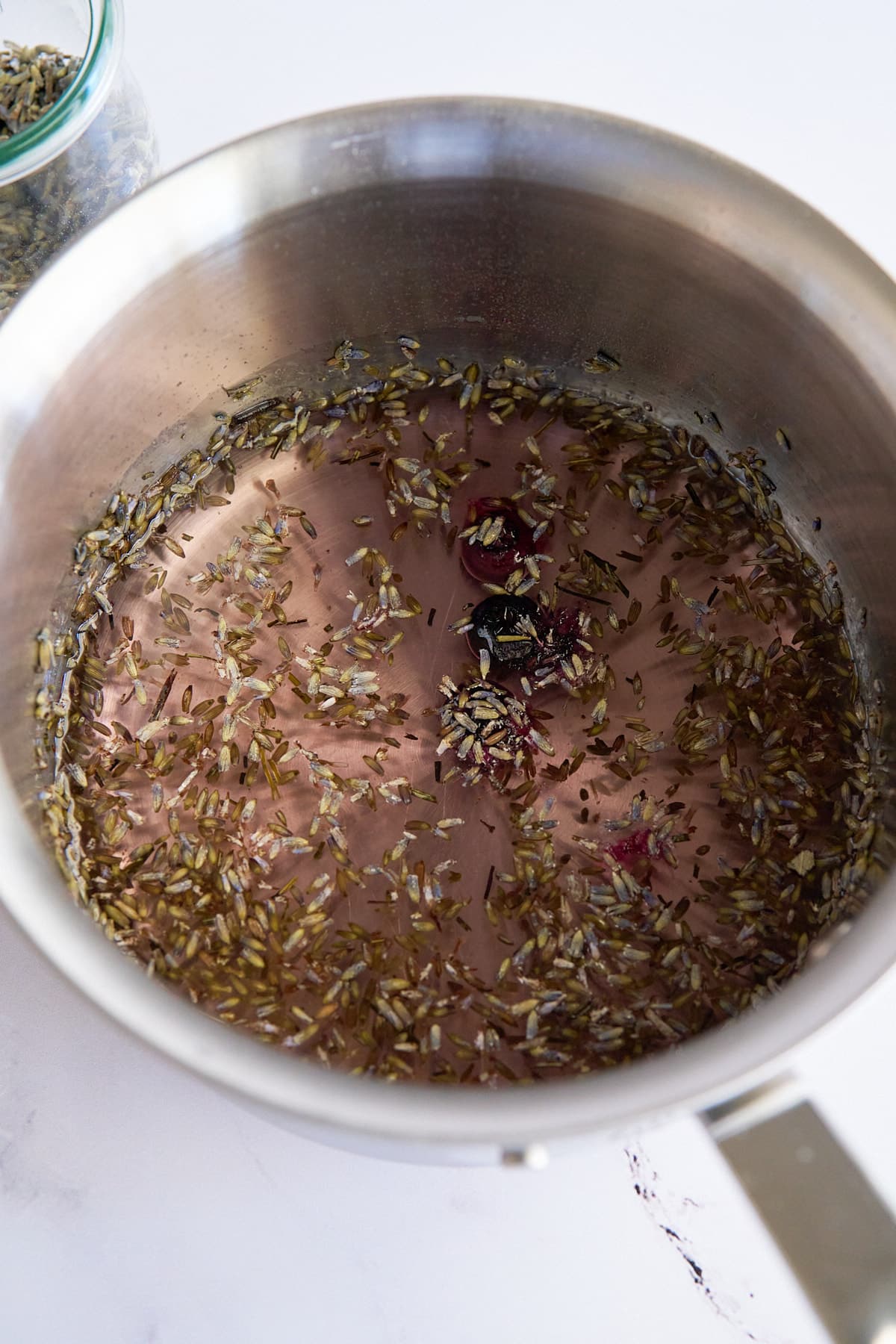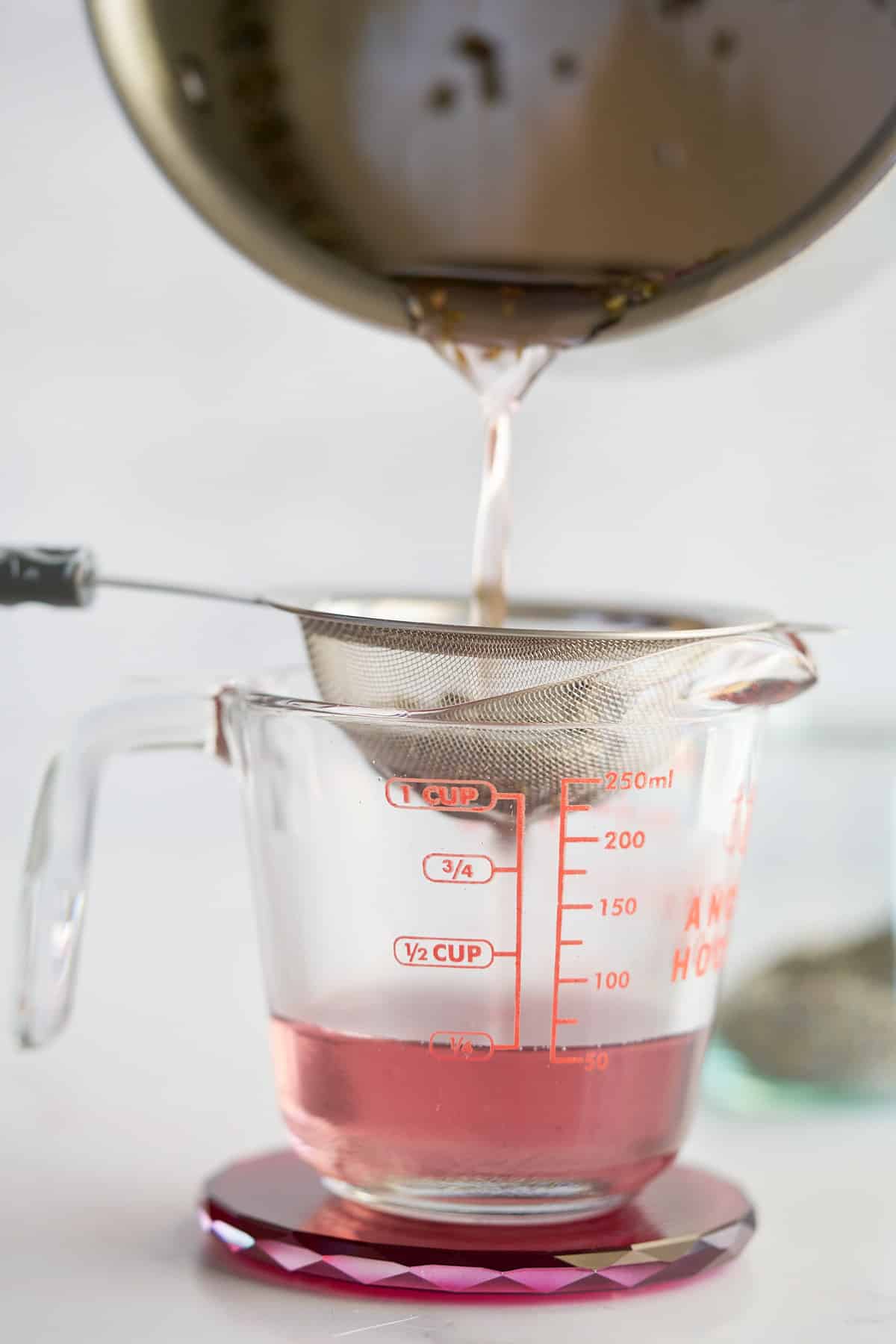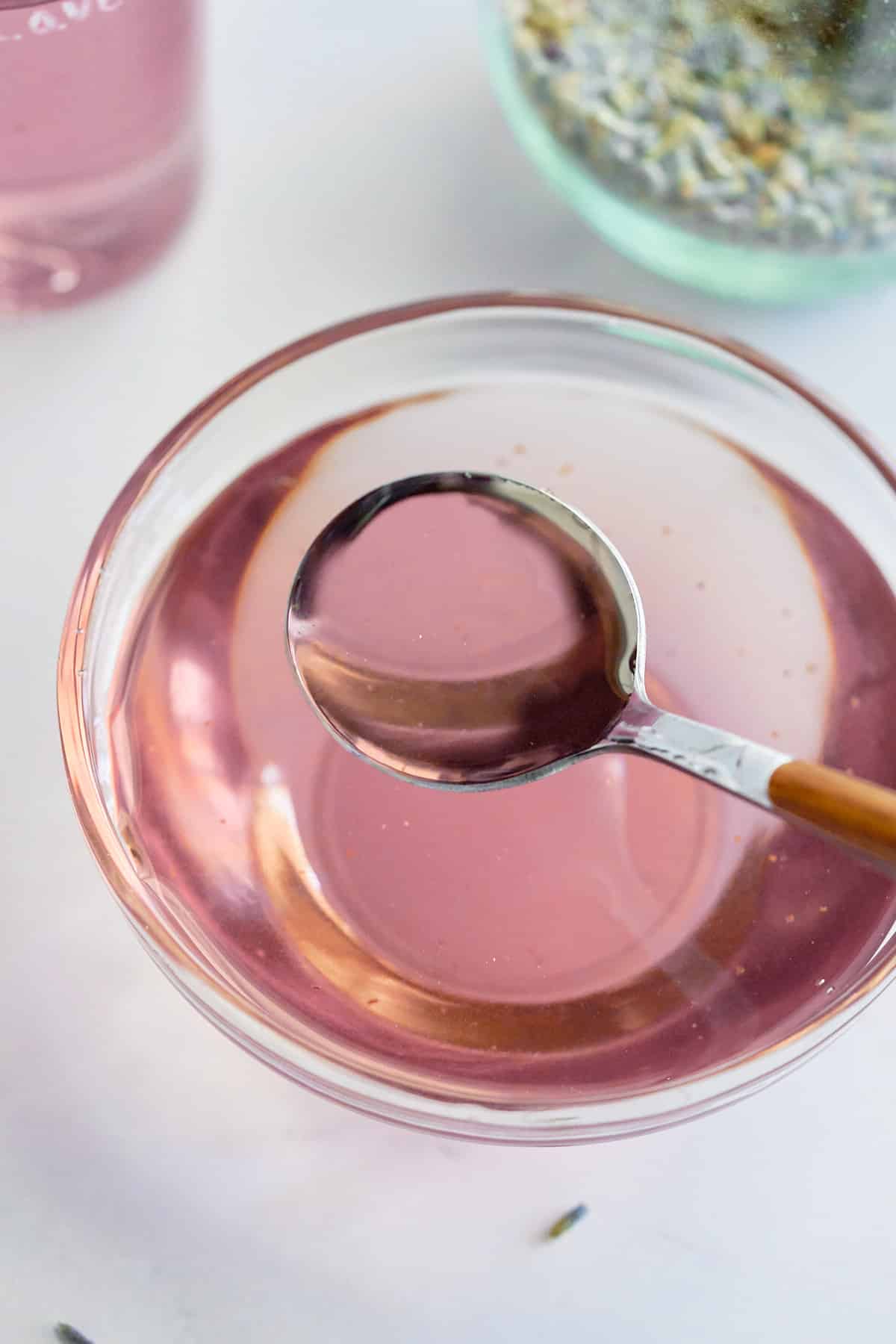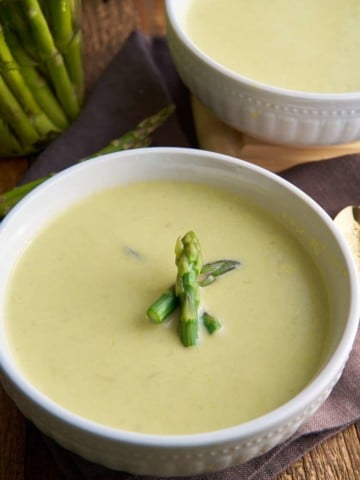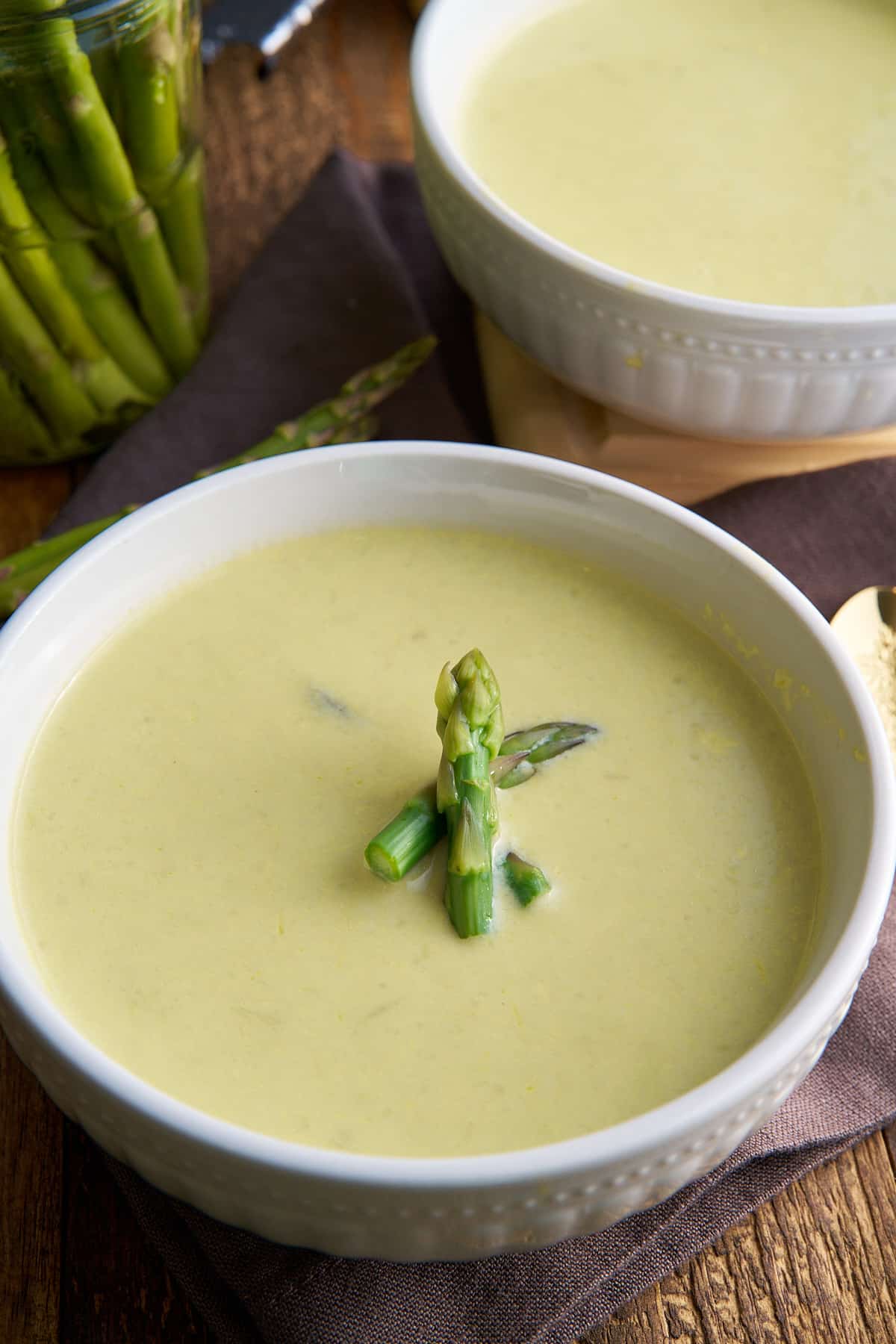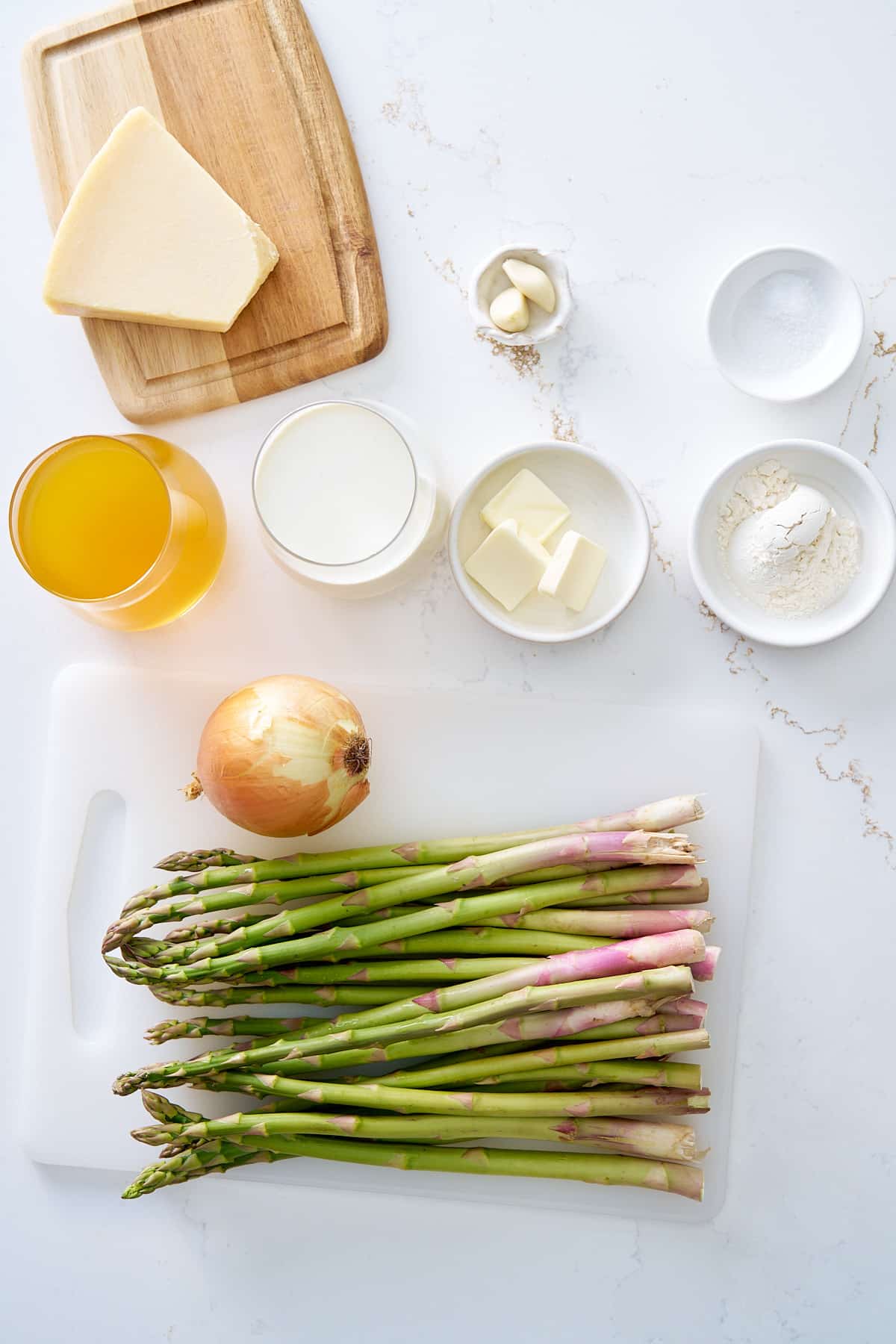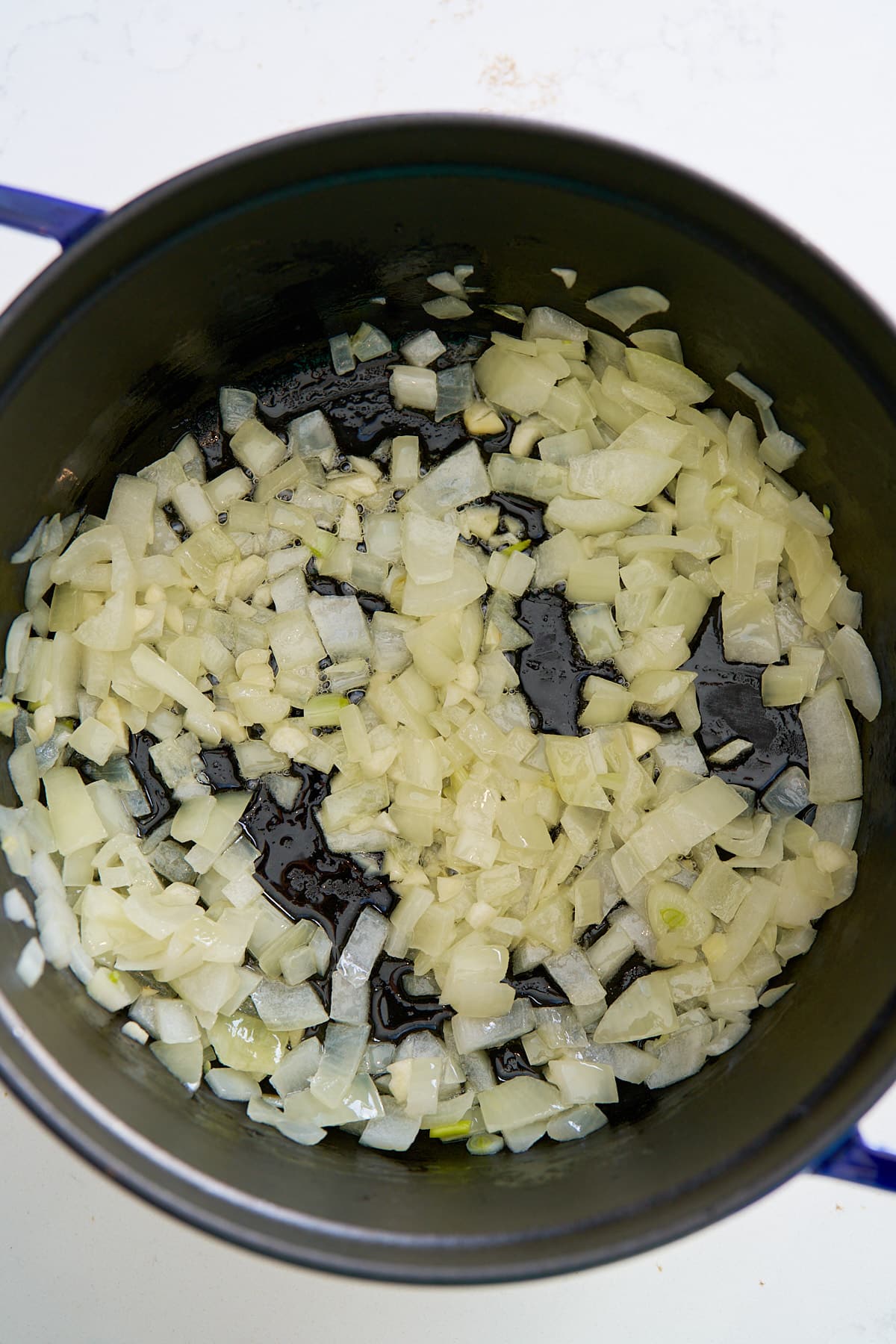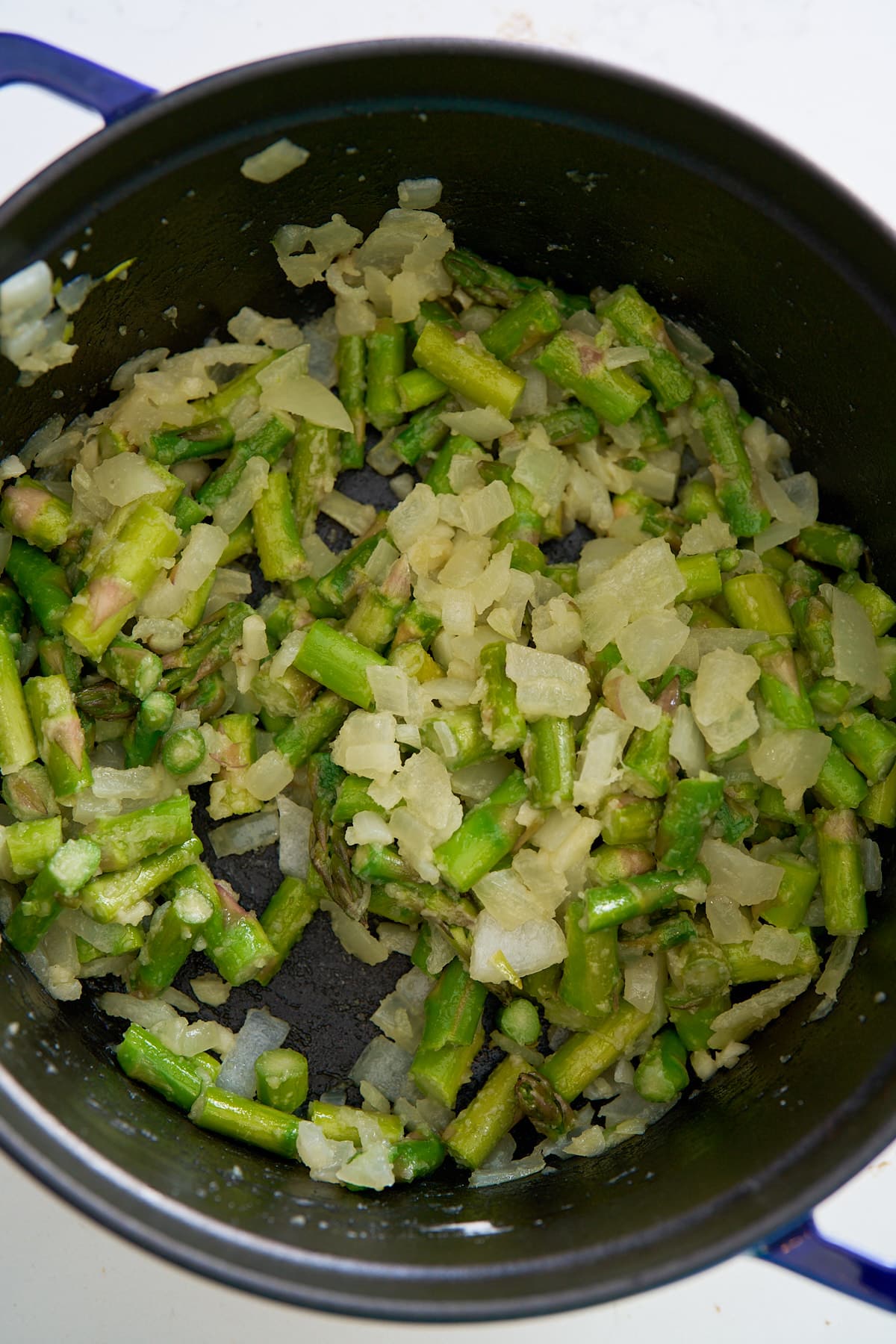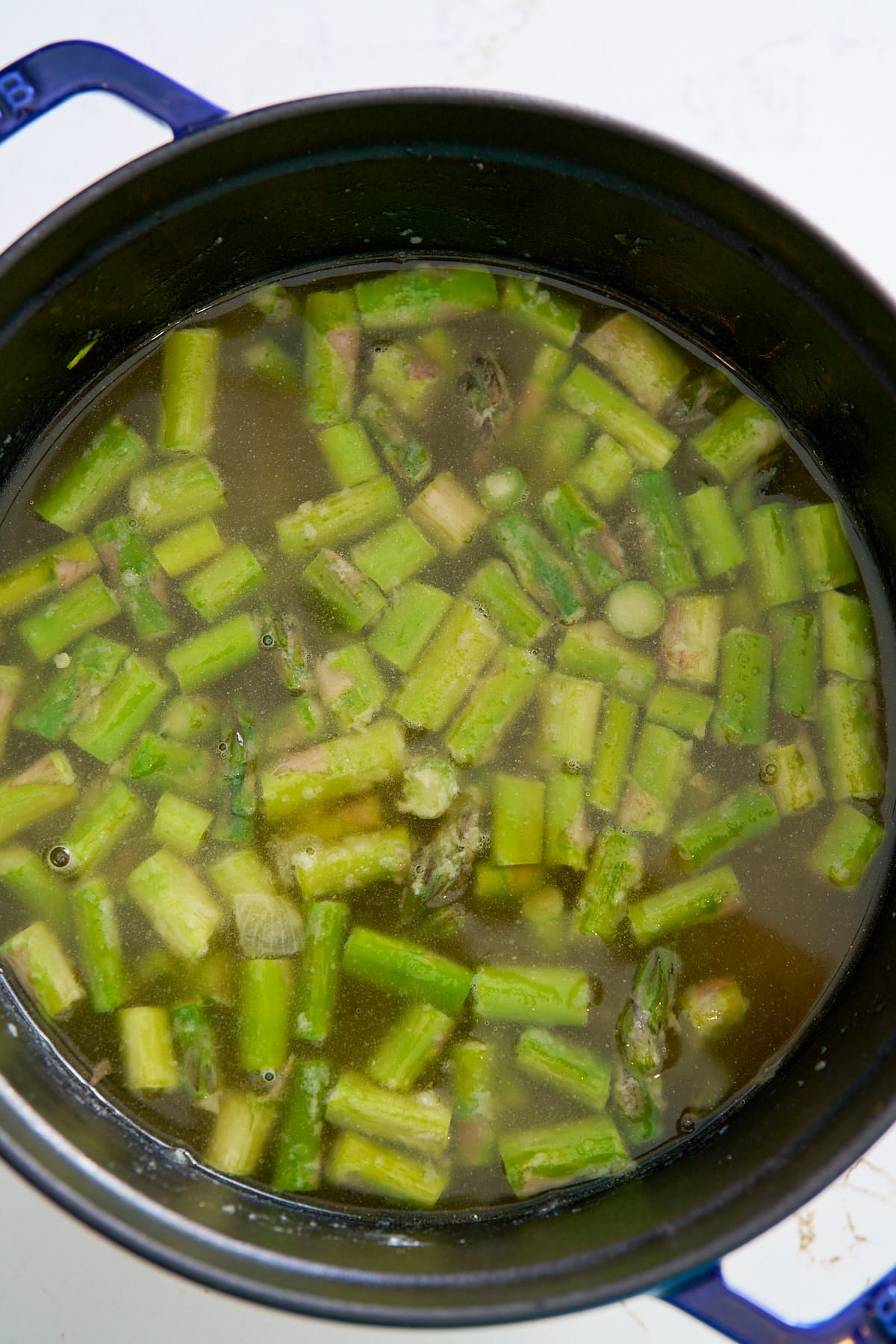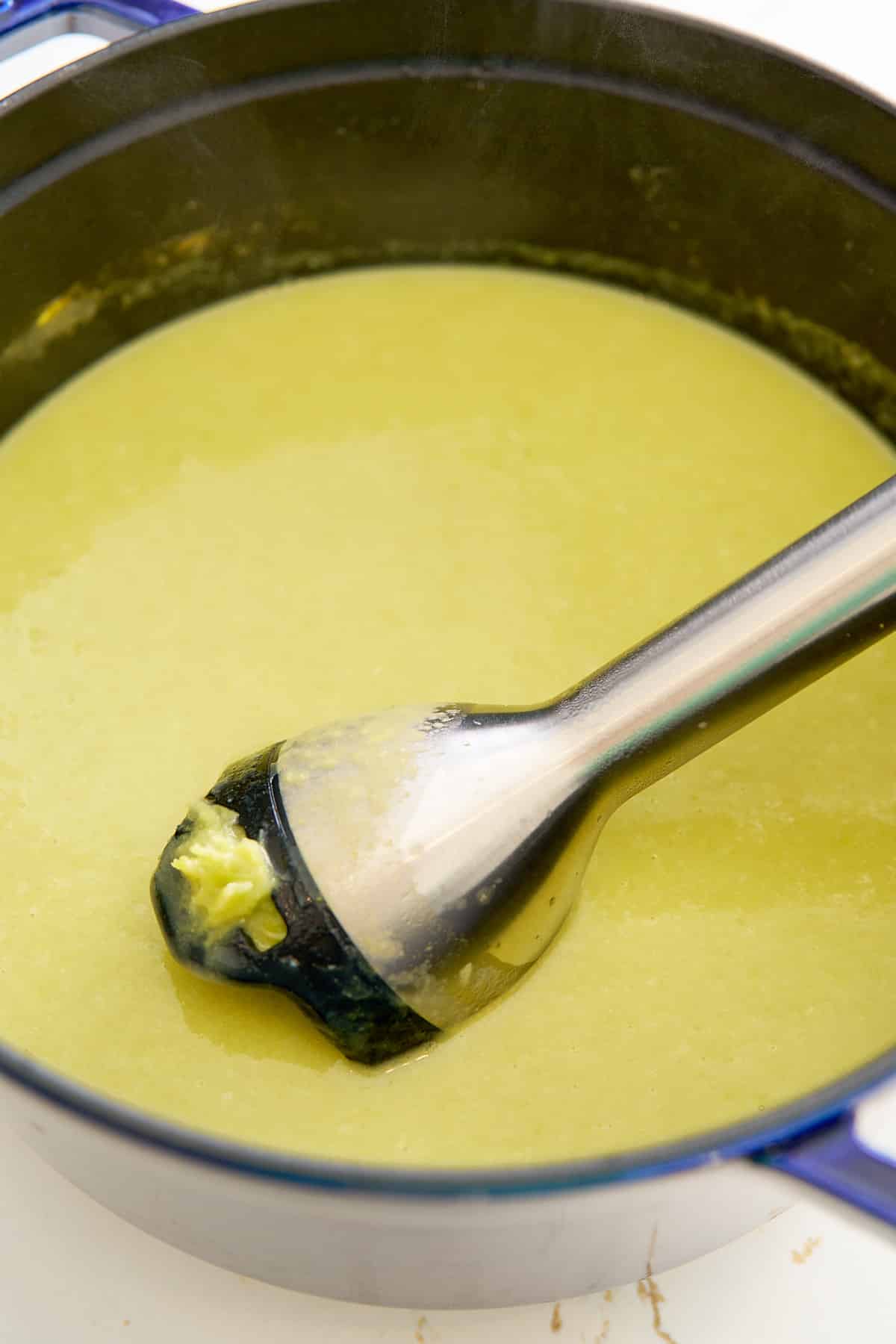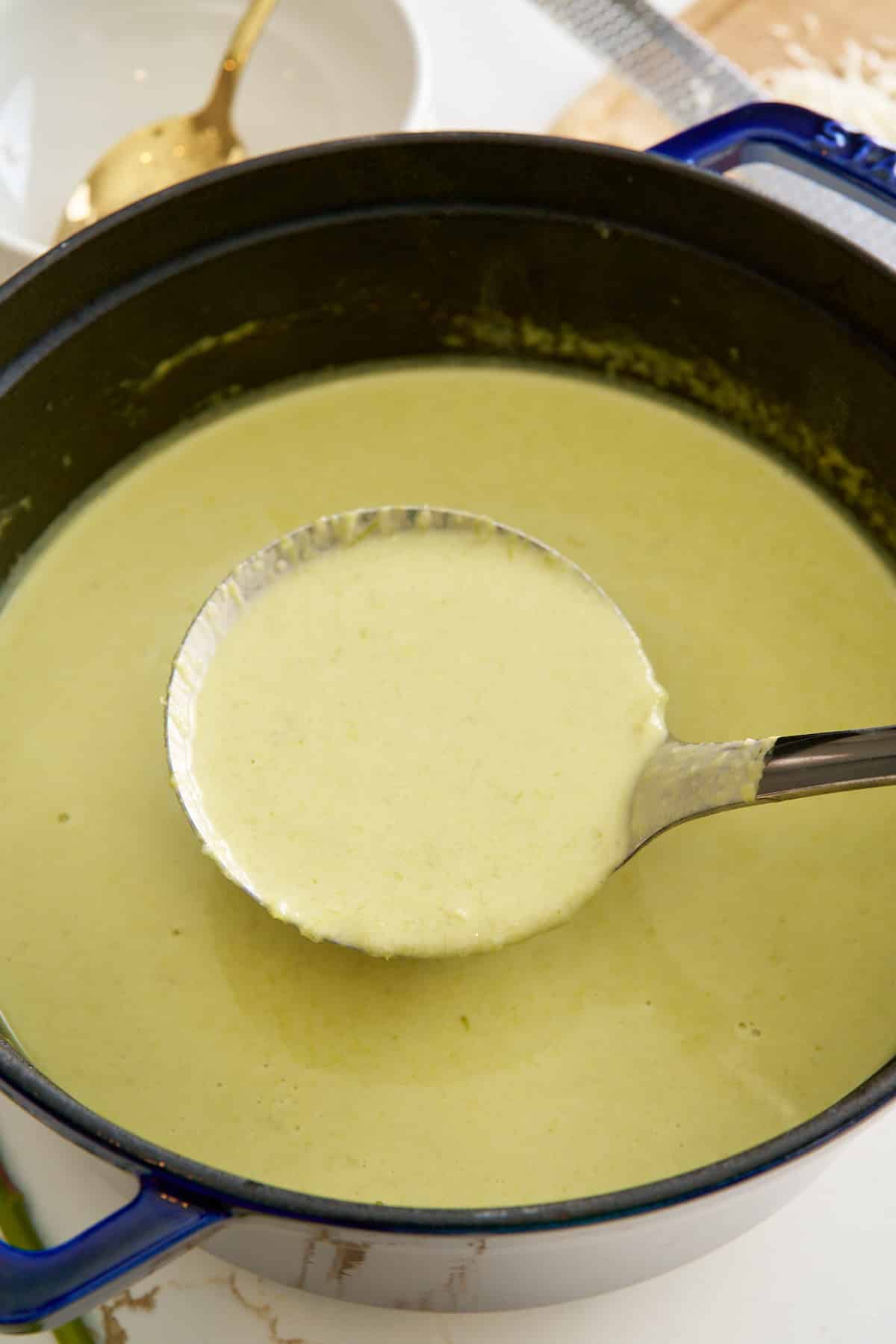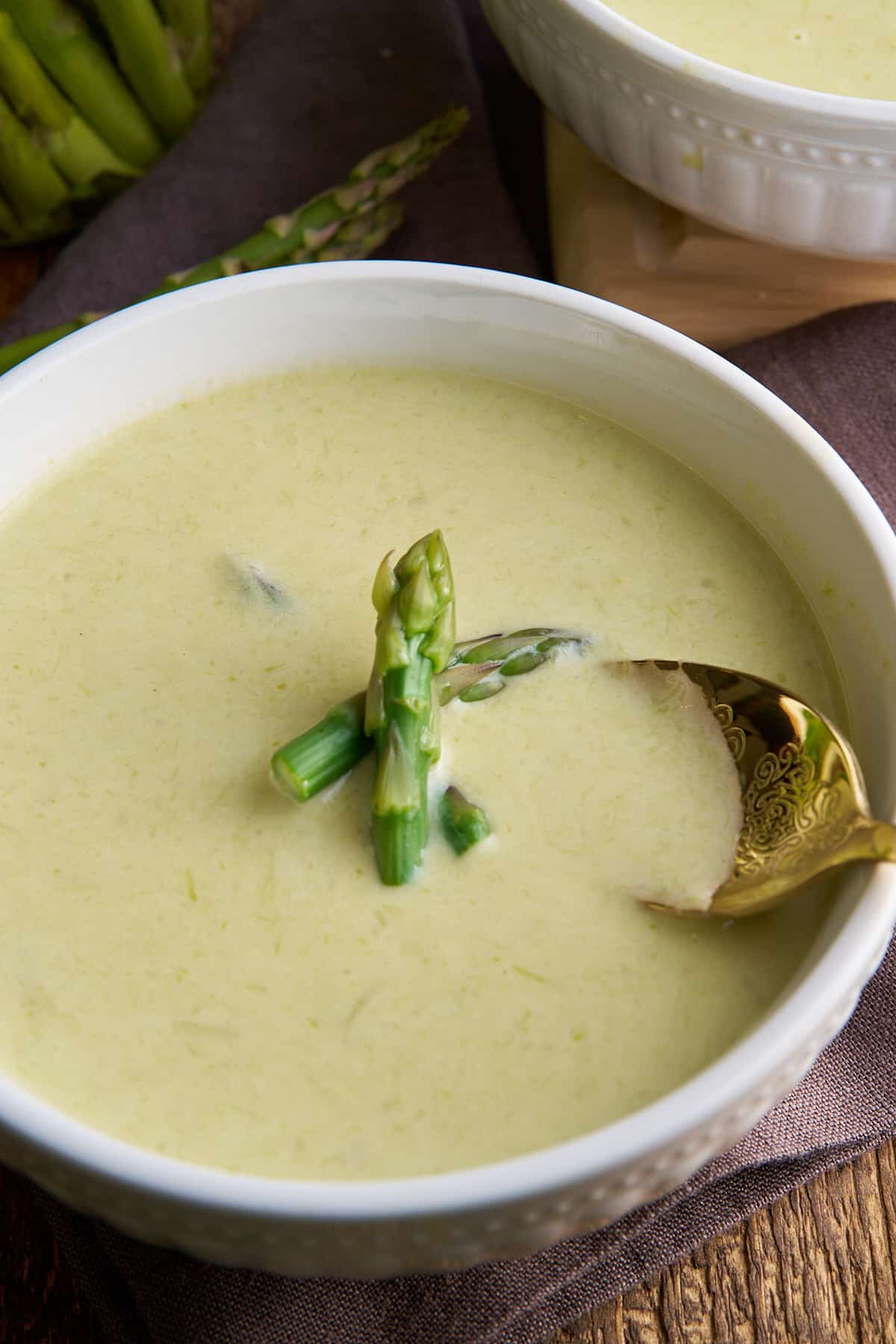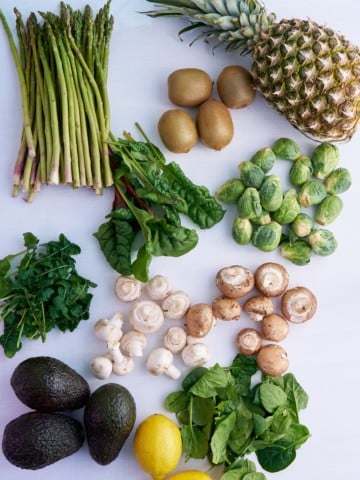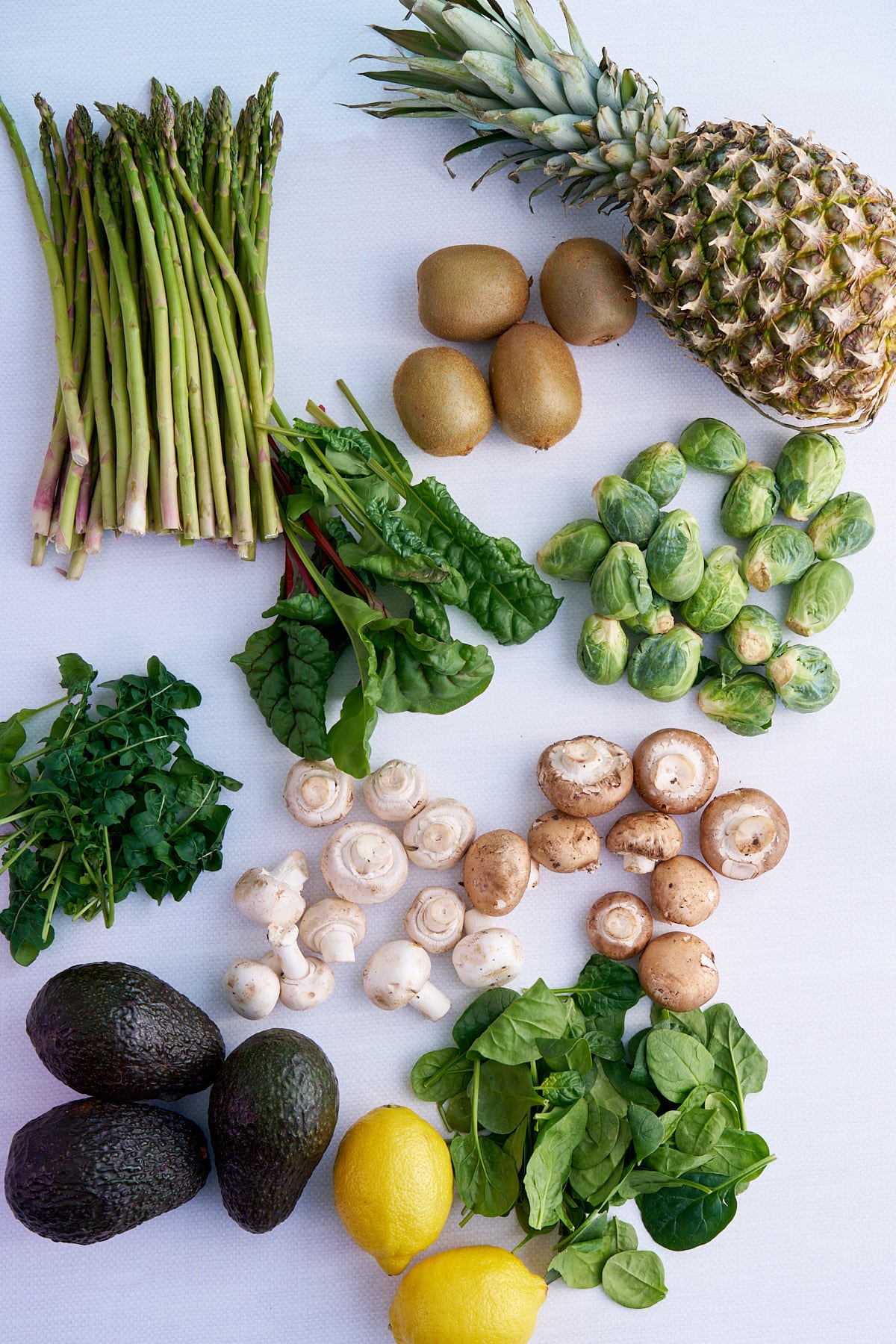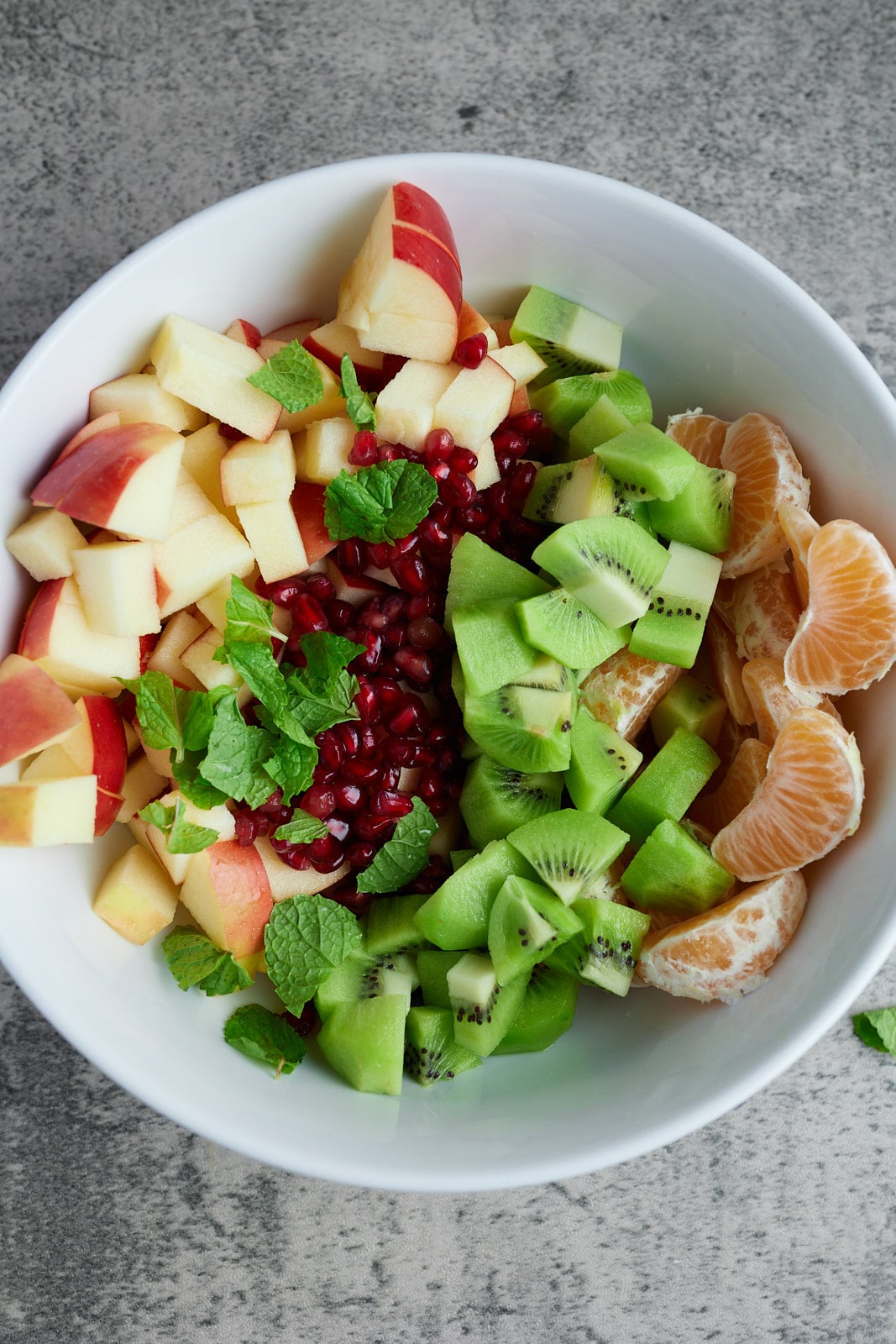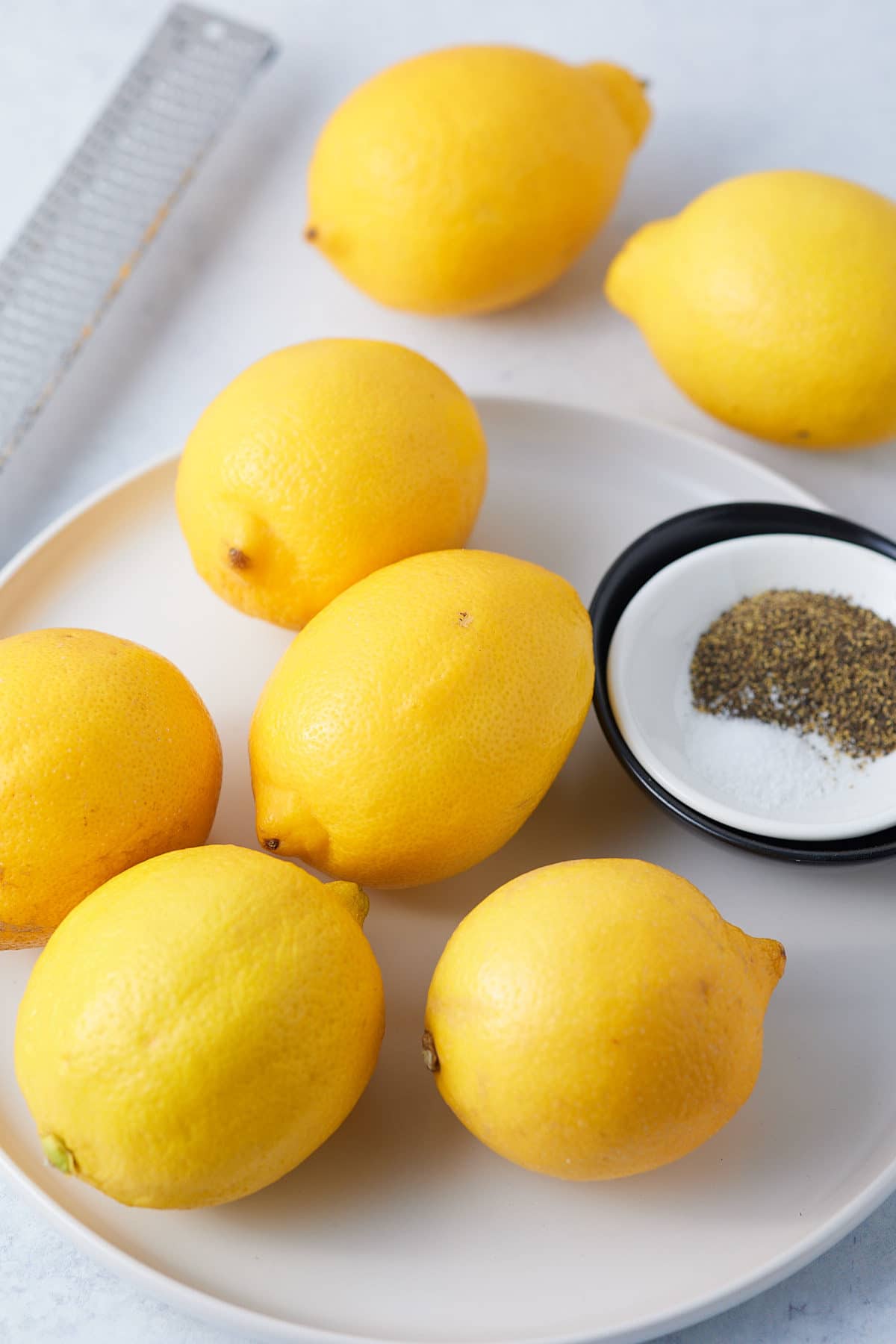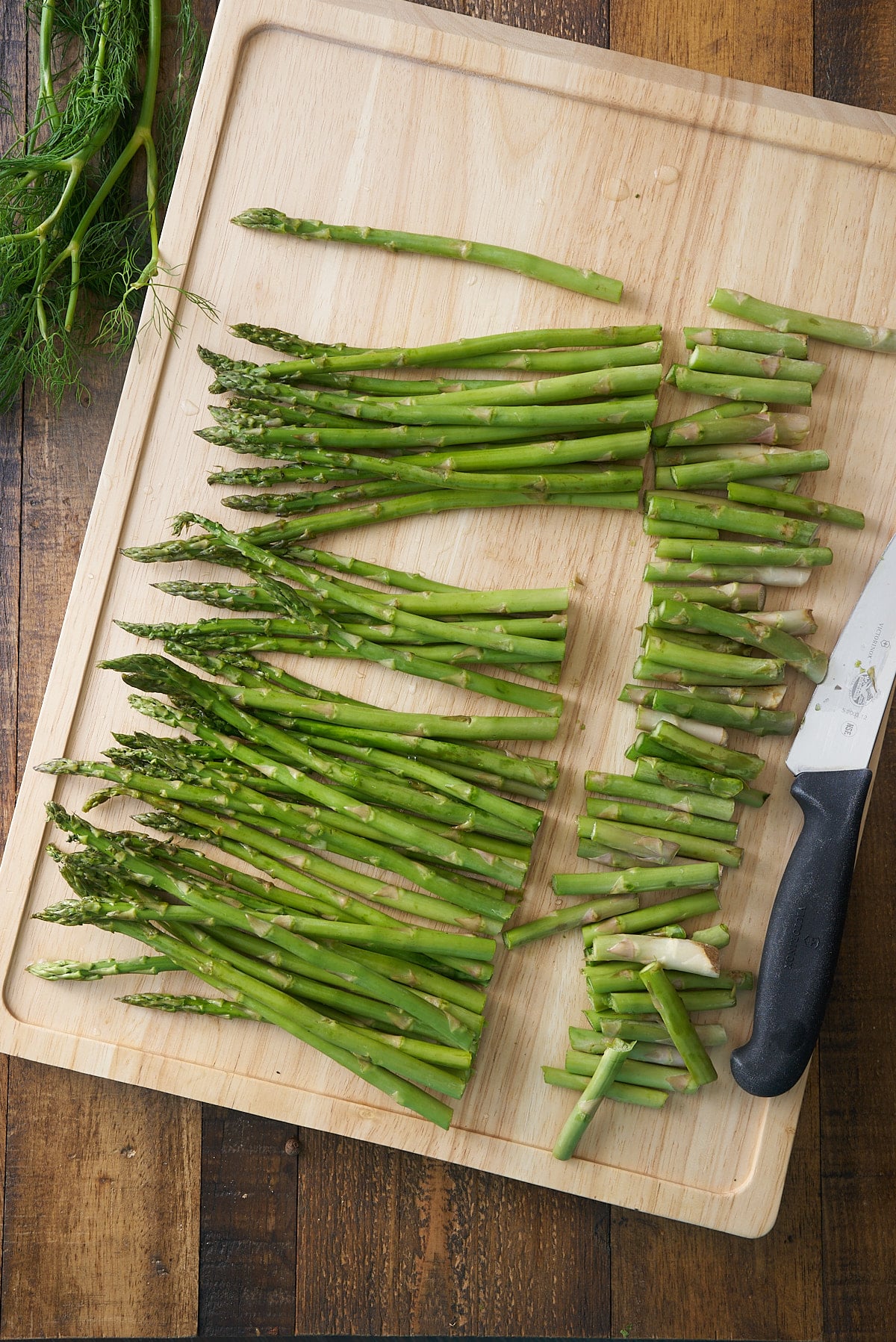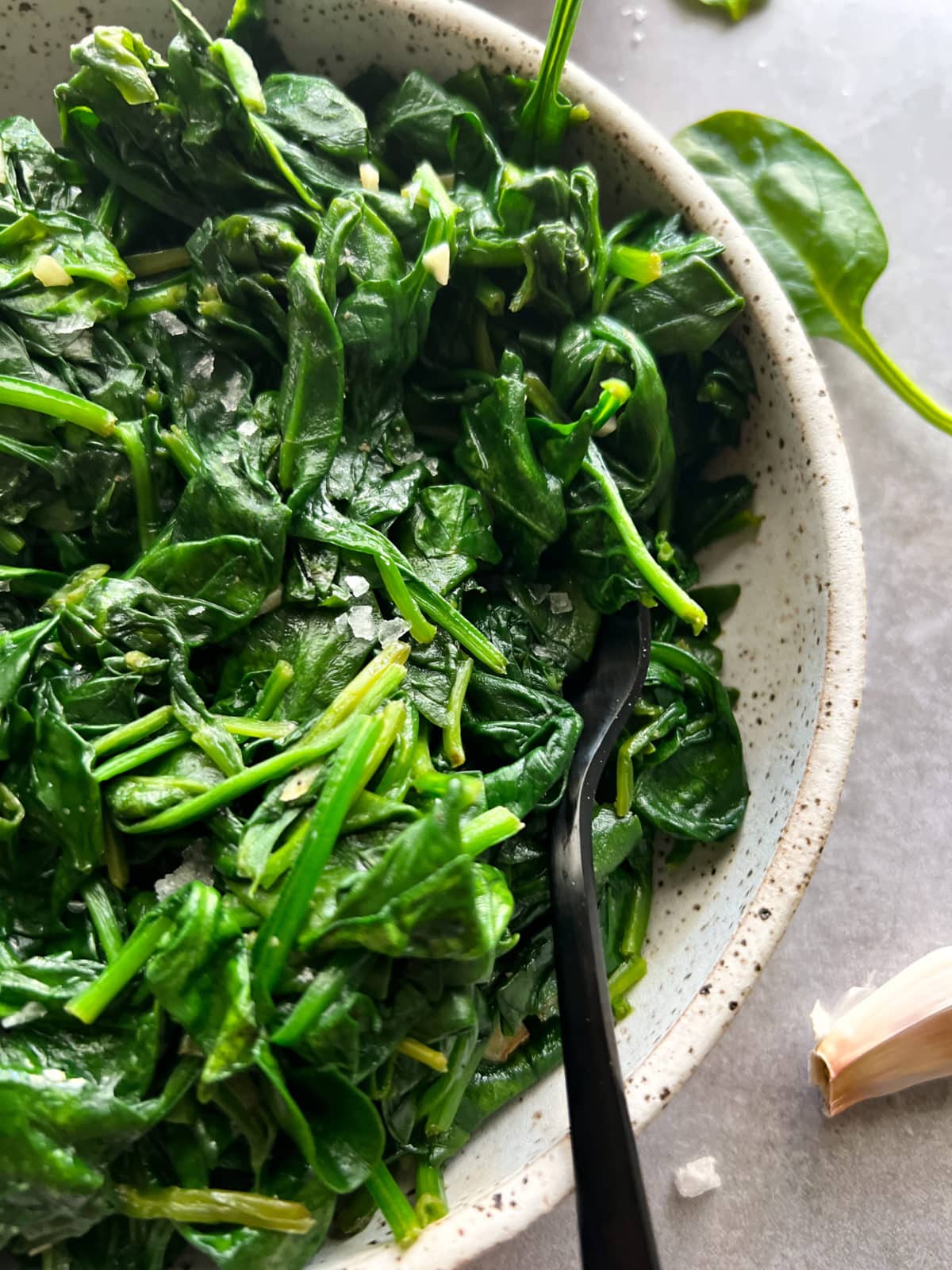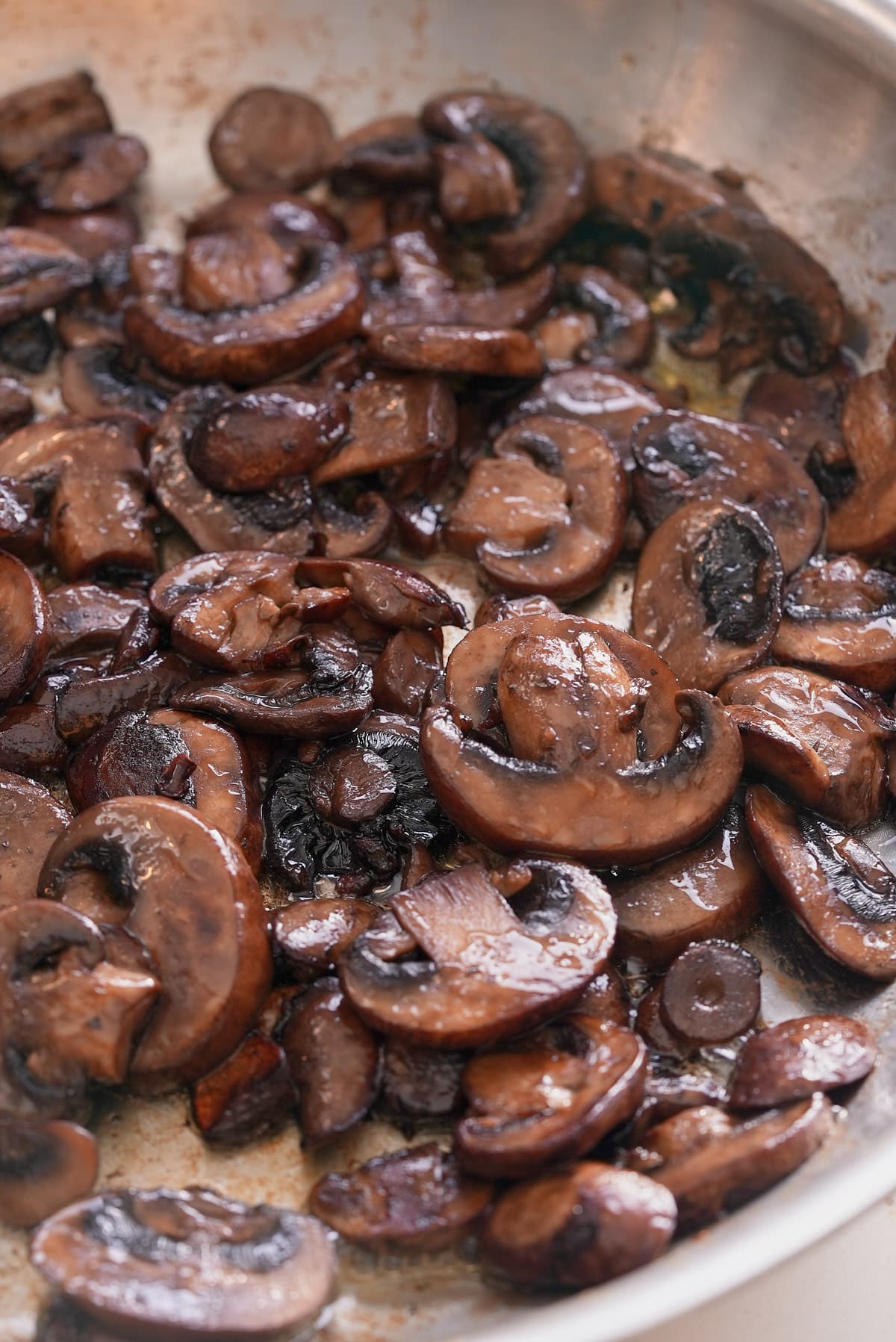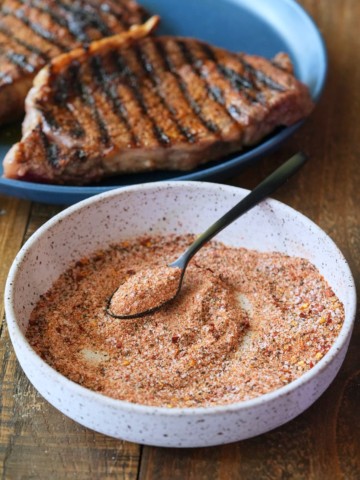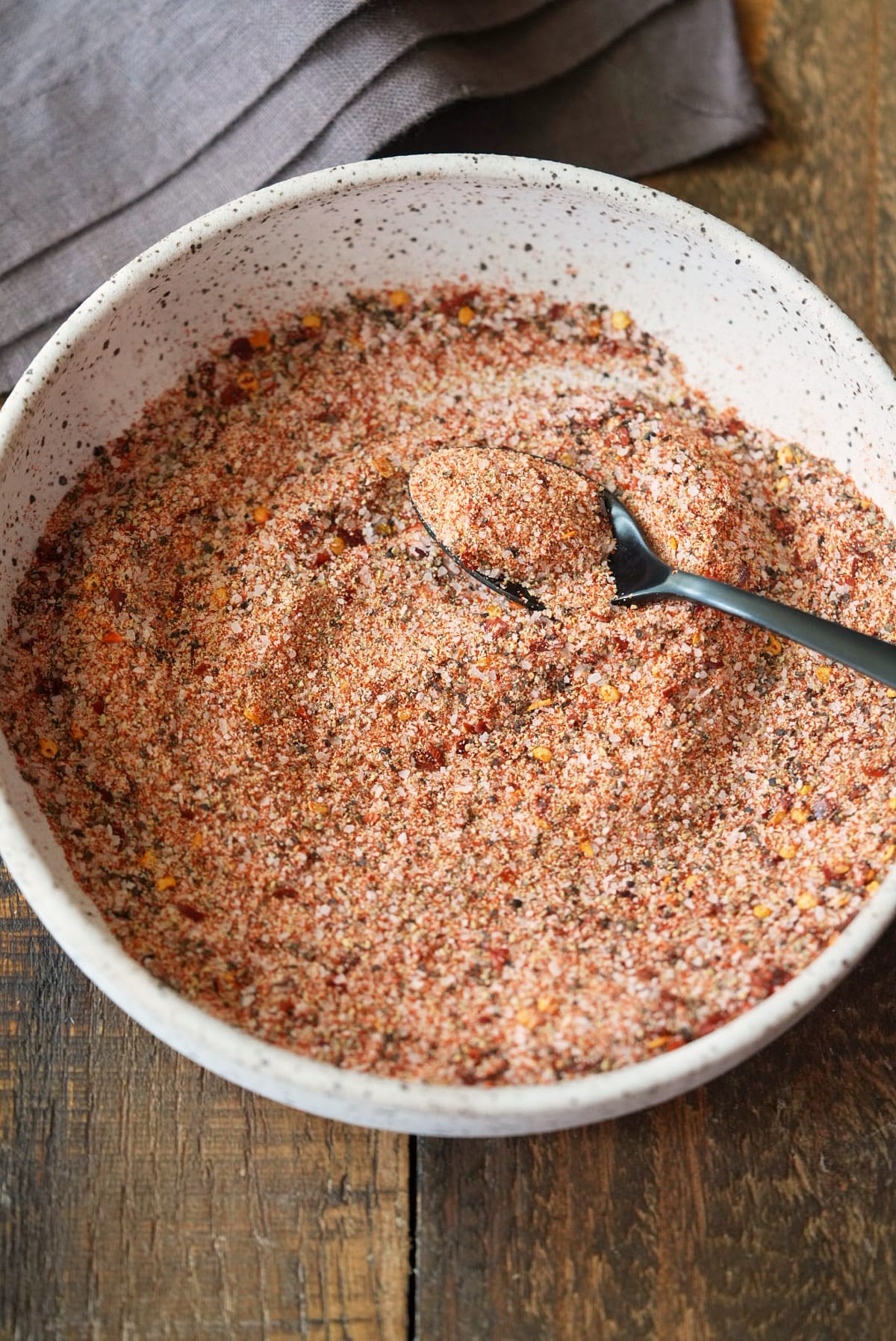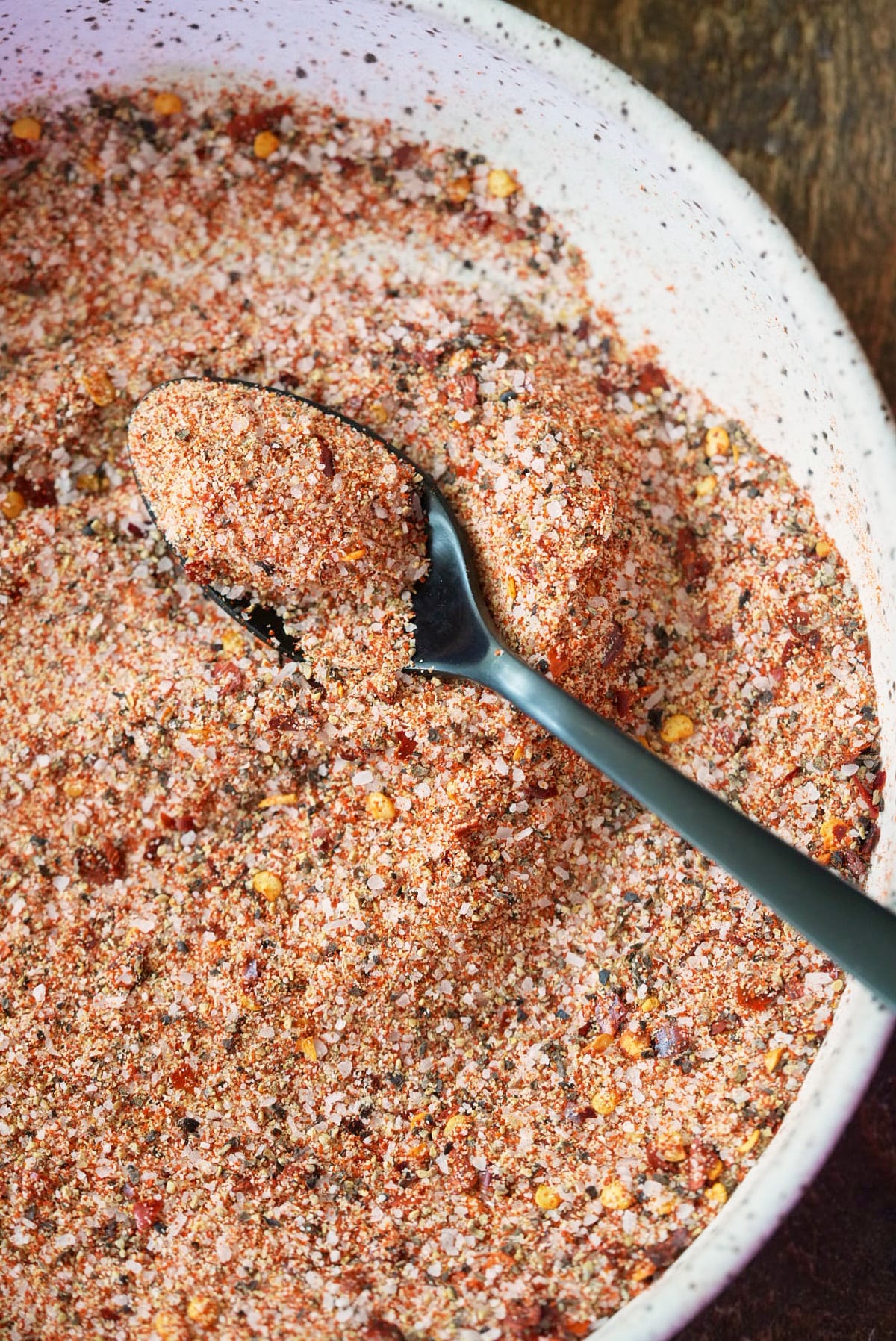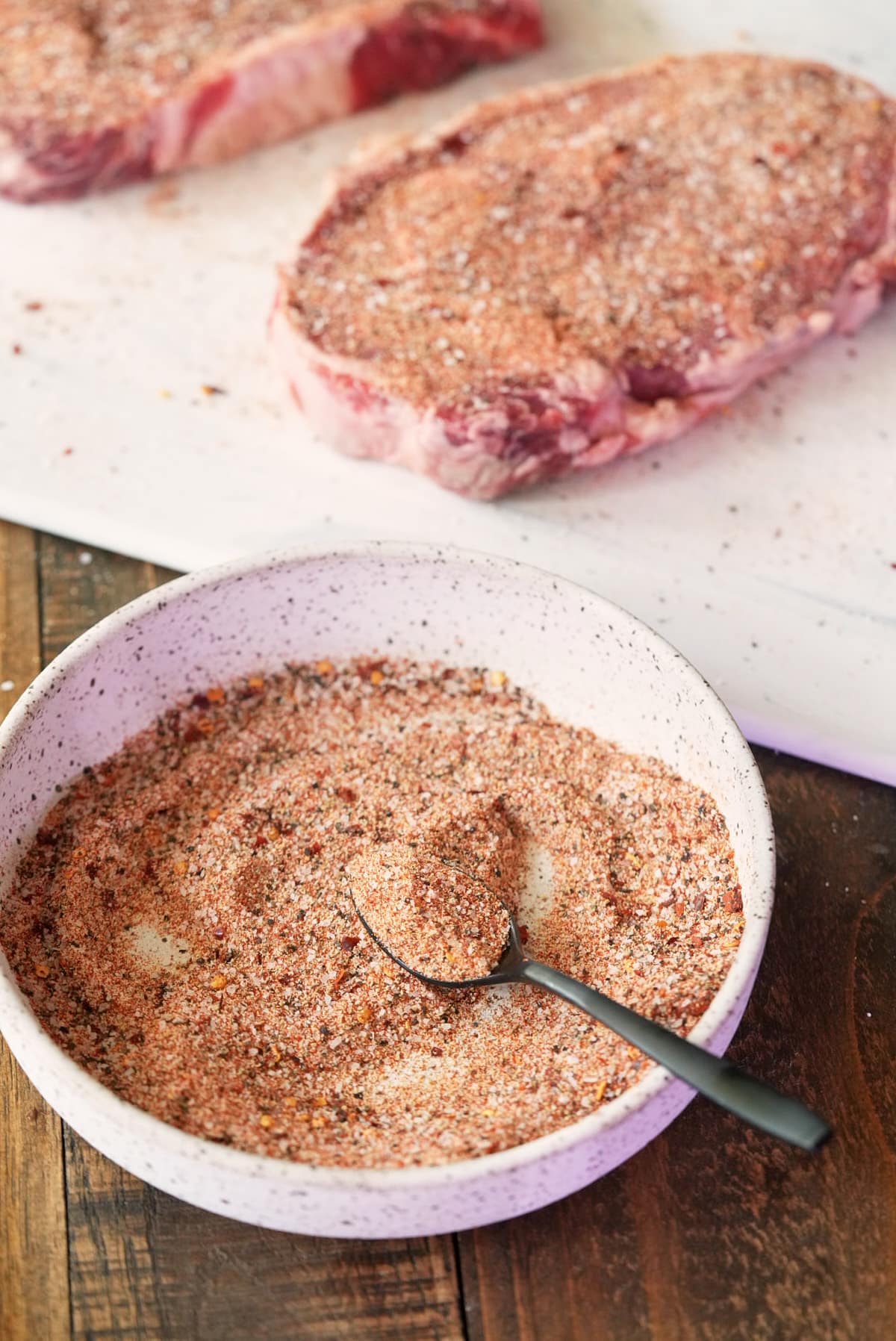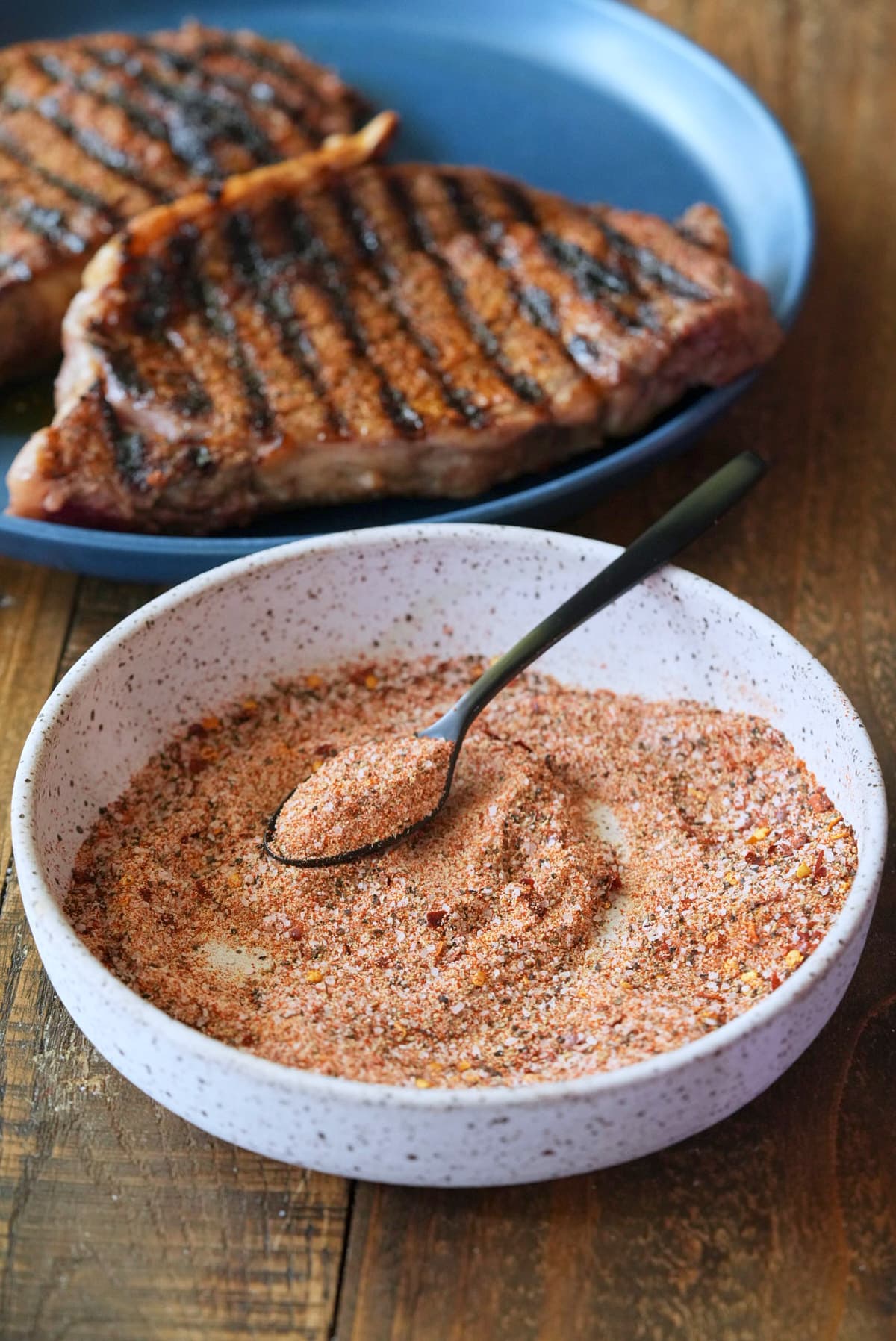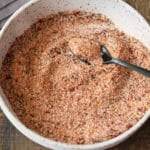This turkey meatloaf is juicy, moist, flavorful, and easy to make. This classic comfort food contains ground turkey and lots of vegetables. It will make you feel like a kitchen pro.
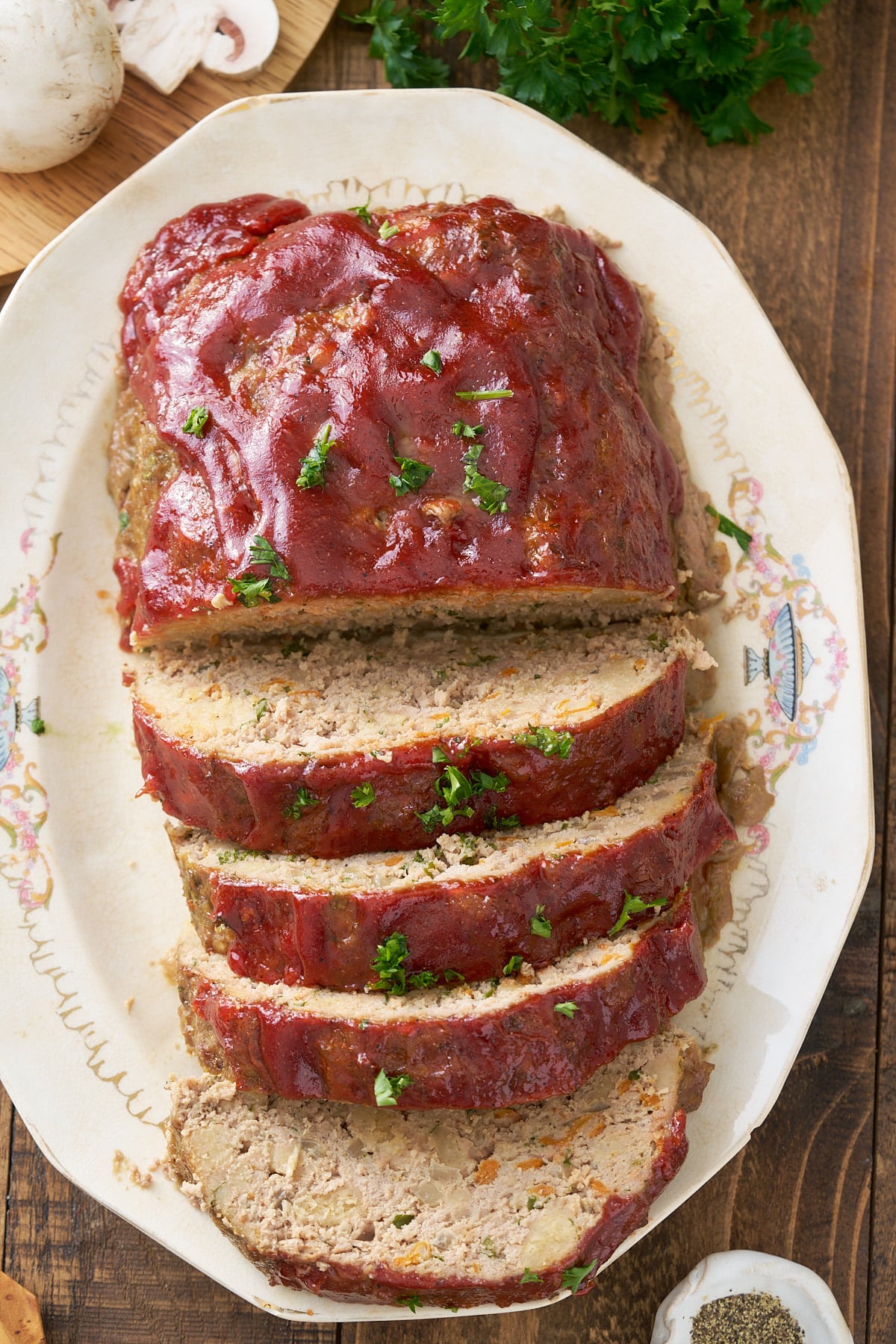
This post contains affiliate links, please read my full disclaimer here.
Full Recipe Ingredients/Instructions are available in the
recipe card at the bottom of the post.
You can find important tips/tricks in the
blog post.
Meatloaf is one of those recipes that never gets boring. It's super delicious and there are endless ways to flavor it. You can keep it classic, like my Southern meatloaf recipe, or you can get creative, like swapping the ketchup glaze for a tangy barbecue sauce.
I love finding ways to use ground turkey, and this recipe is one of my favorite ways to use it. For this recipe, I make ground turkey meat the star and add onions, mushrooms, and carrots to ensure the meatloaf is nice and juicy.
Ground turkey gets a bad wrap for coming out dry, but it stays nice and moist when you add veggies to it.
If you're a fan of ground turkey, try my air fryer turkey burgers or my turkey tacos.
Ingredients for Turkey Meatloaf
- Ground Turkey Meat forms the meatloaf's foundation, offering structure and protein.
- Soft breadcrumbs, eggs, and chicken broth bind the mixture and enhance texture.
- Aromatics and Vegetables - Includes yellow onion, mushrooms, and carrots.
- Butter adds richness and softens the vegetables.
- A mix of chopped parsley, Worcestershire sauce, salt, pepper, celery salt, and garlic powder enhances the flavor.
- Glaze - Combining ketchup, brown sugar, Worcestershire sauce, garlic powder, apple cider vinegar, and black pepper creates a flavorful topping.
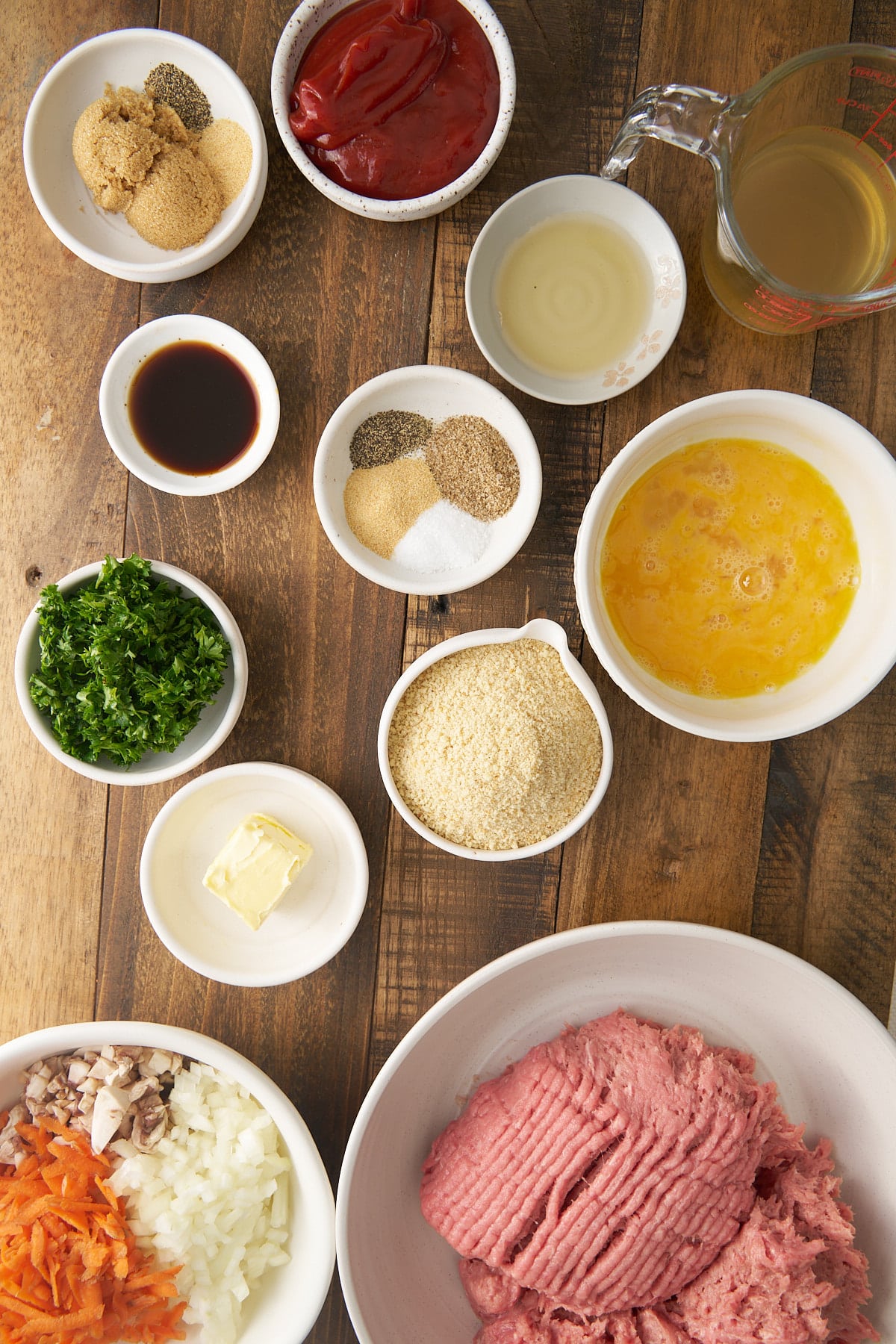
How to make Turkey Meatloaf with Ground Turkey
This meatloaf recipe consists of two main steps: preparing the meatloaf and applying the glaze.
Prepare the Meatloaf:
Begin by preheating your oven to 350°F (175°C) and lining a baking sheet with foil. Start with the breadcrumbs by placing them in a small bowl and moistening them with chicken broth. Allow them to soak until they've absorbed most of the liquid, about 5-10 minutes.
In a medium skillet over medium heat, melt the butter and sauté the chopped onion, mushrooms, and carrot until soft and lightly browned, approximately 5-7 minutes.
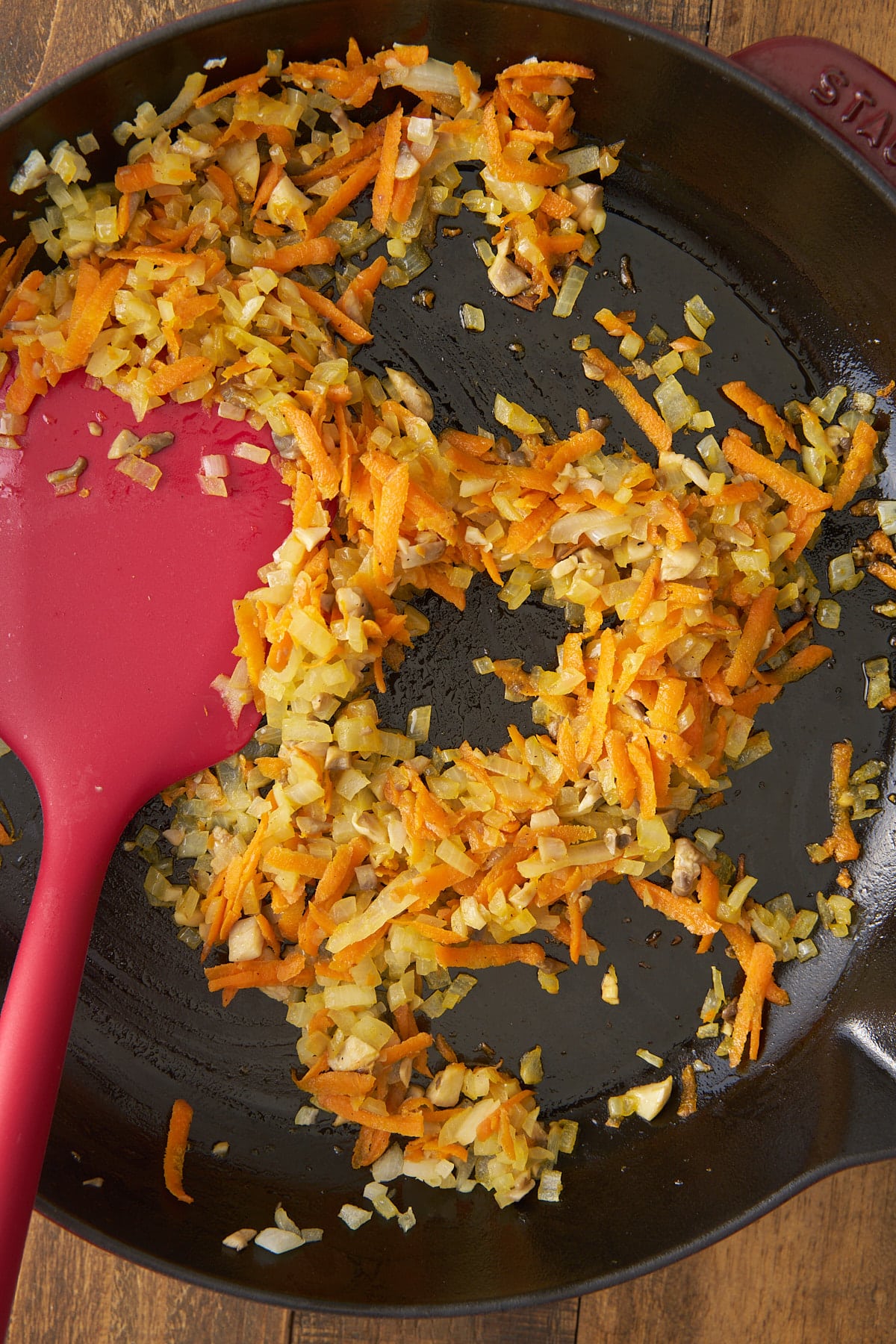
In a large bowl, combine the ground turkey with the soaked breadcrumbs. Add the sautéed vegetables, beaten eggs, parsley, Worcestershire sauce, salt, celery salt, and black pepper. Stir the mixture gently to combine thoroughly.
Shape the mixture into a loaf, pack it tight, and place on the prepared baking sheet. Bake in the preheated oven for 40 minutes before you add the glaze.
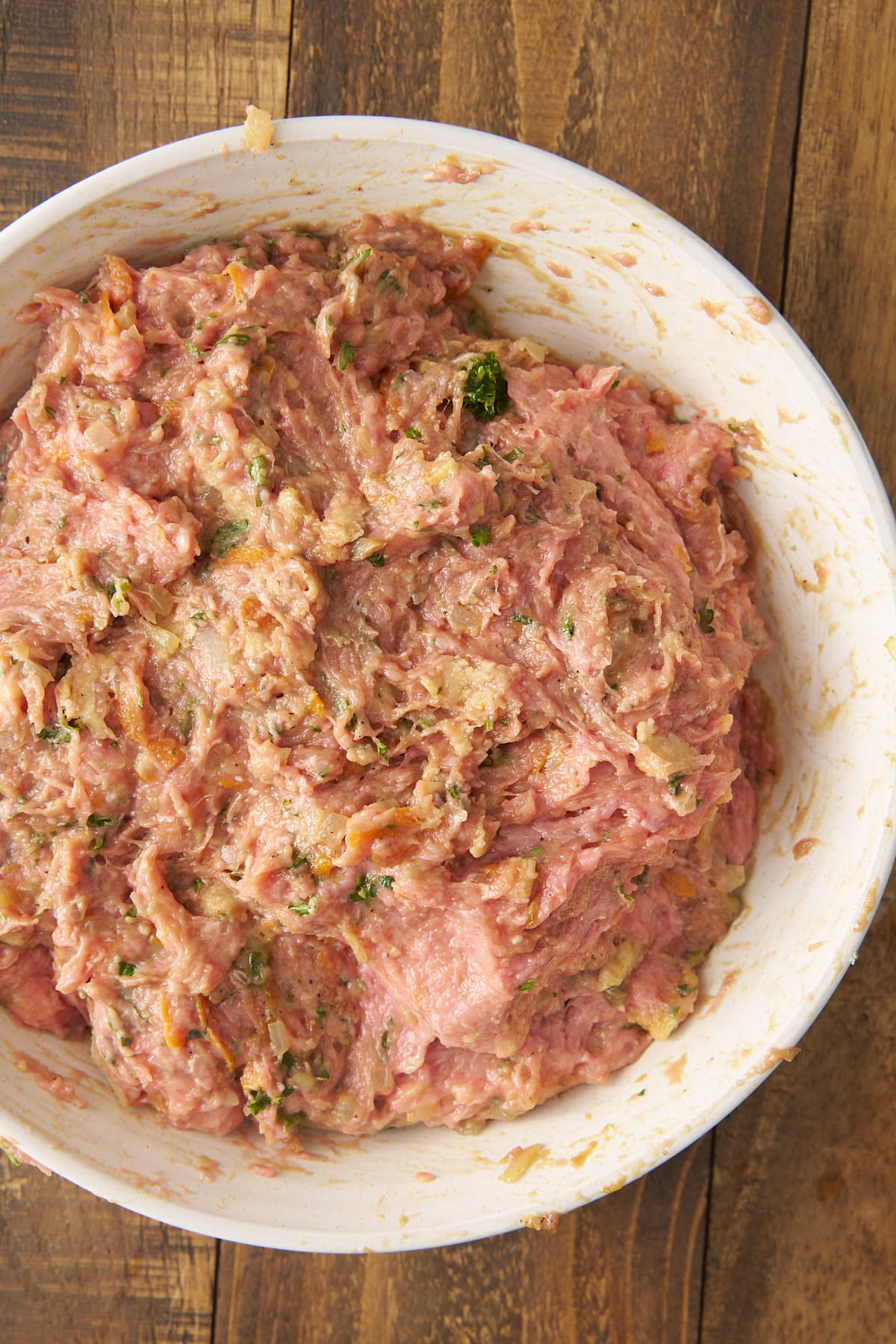
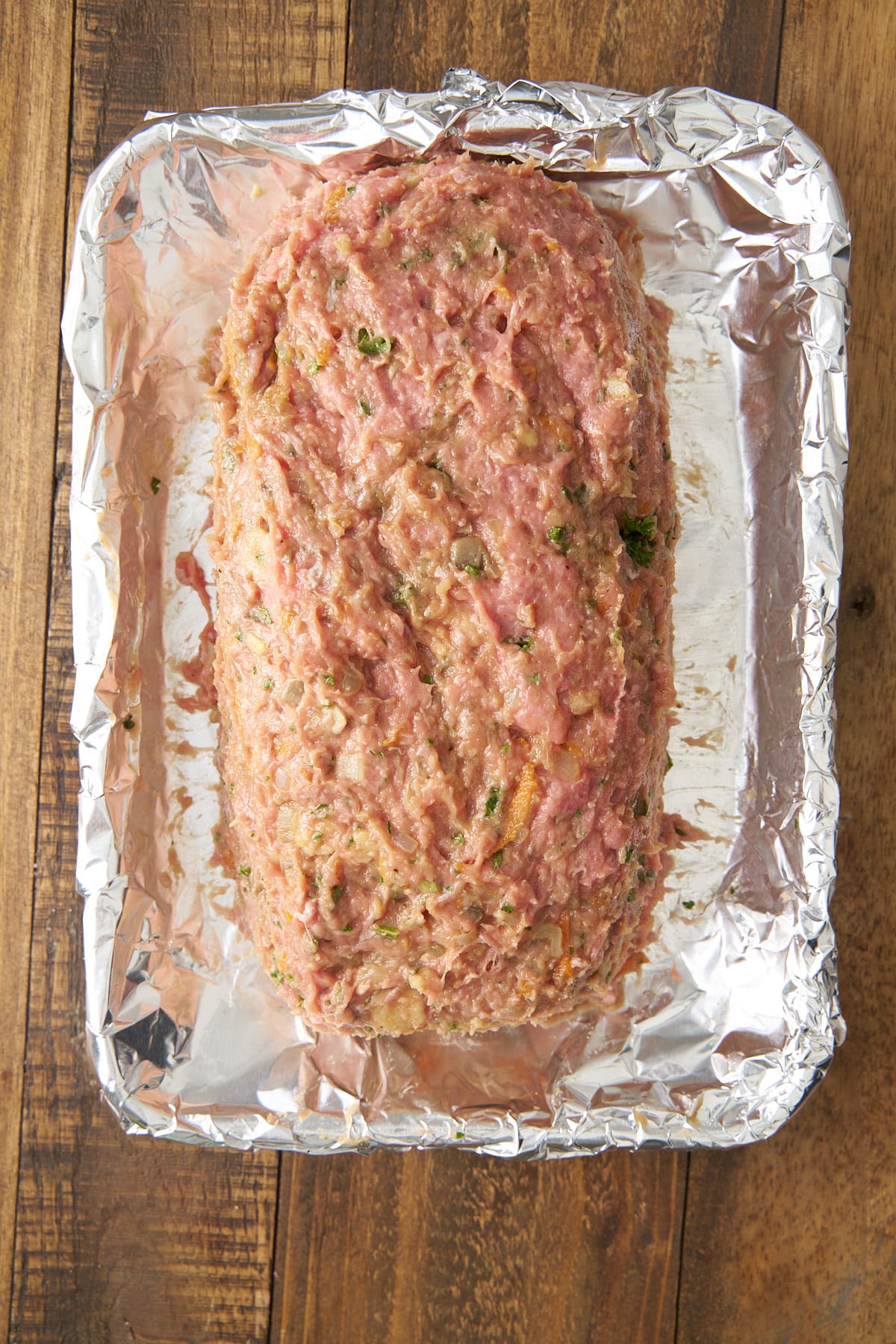
Prepare the Glaze:
While the meatloaf bakes, in a small bowl, prepare the glaze by combining ketchup, brown sugar, apple cider vinegar, Worcestershire sauce, garlic powder, and black pepper.
After the initial 40 minutes of baking, remove the meatloaf from the oven, evenly spread the glaze over the top, and return it to the oven for another 20 minutes of baking. Your meatloaf should reach an internal temperature of at least 165°F (74°C).
Once done, remove the meatloaf from the oven and let it rest for 10-15 minutes before slicing and serving.
How to make ahead and how to store
Assemble the meatloaf mixture and shape it into a loaf a day before you cook it. Cover it tightly with plastic wrap or place it in an airtight container and store it in the refrigerator.
Alternatively, you can thoroughly cook the meatloaf, allow it to cool, and refrigerate. You can refrigerate the cooked meatloaf for up to 4 days or freeze it for up to 3 months.
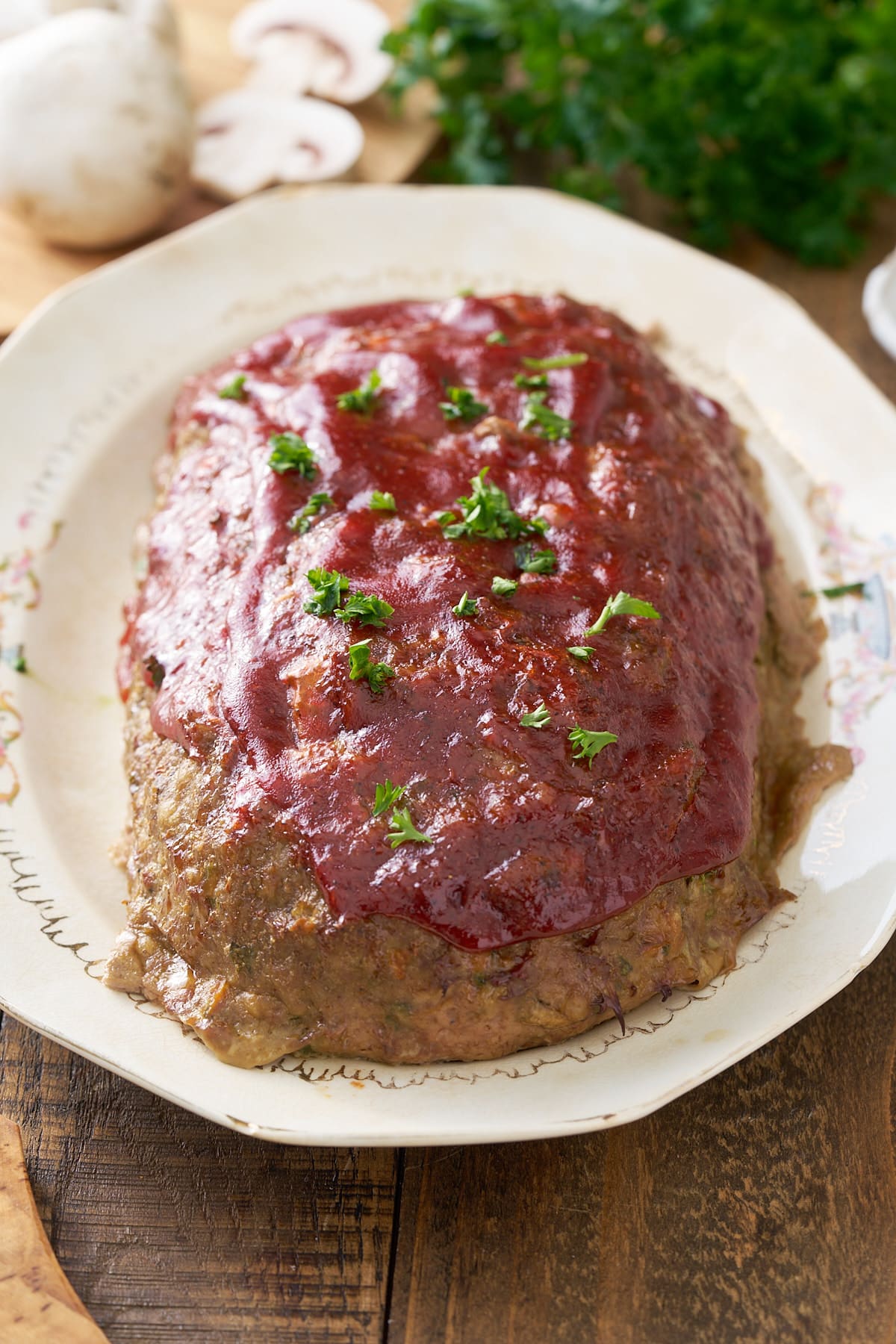
How to Reheat Meatloaf
When reheating, add a splash of water or broth to moisten the meatloaf. Cover with foil and heat in the oven at 350°F (175°C) until warm. You can also reheat individual slices in the microwave for quick serving.
To reheat meatloaf in the microwave, cover it with a damp paper towel. Heat it in 30-second intervals until it is heated all the way through.
Meatloaf Variations
- Add other vegetables, like shredded zucchini or chopped bell peppers.
- Add other seasonings, like ranch seasoning, BBQ seasoning, or jerk seasoning, for a different flavor profile.
- Form these into smaller turkey meatballs and bake them at 375°F (190°C) for about 20-25 minutes, or until they are browned and cooked.
Ideas for Meatloaf Leftovers
You can use your leftover meatloaf as a part of new dishes, like meatloaf sandwiches, add it to soup, or serve it over hashed potatoes.
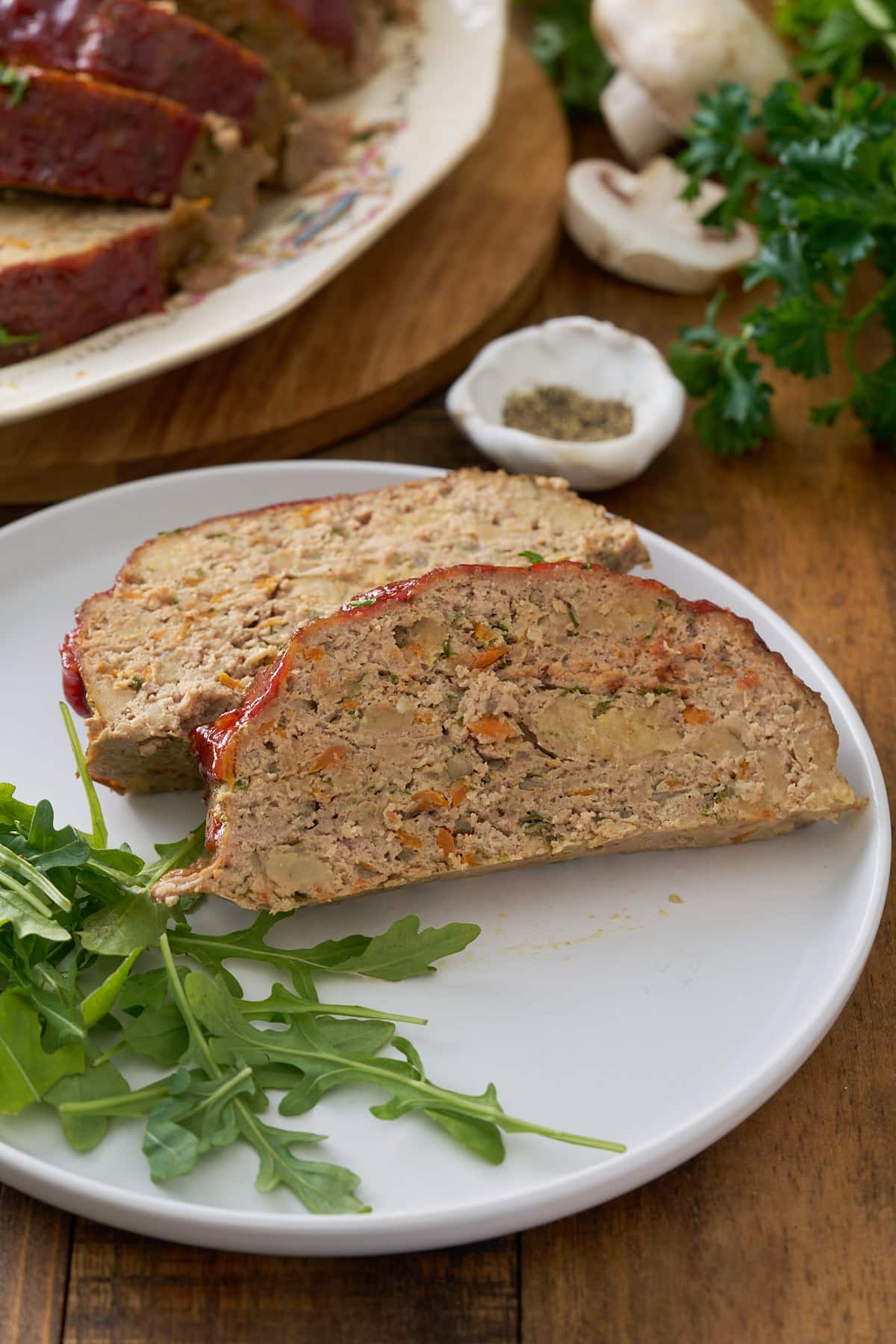
Recipe Notes
- Use 85/15 ground turkey for this recipe for best results.
- You will notice a low of liquid around the meatloaf as it bakes. Do not stress; your meatloaf will still be juicy and hold together.
FAQS
Yes, you can generally substitute ground turkey in most meatloaf recipes, but you may need to adjust the seasonings and add moistening ingredients due to turkey's lower fat content.
Classic sides like mashed potatoes, roasted vegetables, or a simple green salad pair well with turkey meatloaf.
I hope you like this turkey meatloaf recipe as much as we do. Please leave a comment below if you make this recipe, your feedback means a lot.
Turkey Meatloaf Recipe
Ingredients
Turkey
- 2 pounds ground turkey meat
- 1 cup soft breadcrumbs or ½ cup dried breadcrumbs
- ½ cup chicken broth
- 2 Tablespoons unsalted butter
- 1 ½ cup chopped yellow onion
- ½ cup chopped mushrooms
- ½ cup grated carrot
- 2 large eggs lightly beaten
- ⅓ cup chopped parsley
- 1 Tablespoon Worcestershire sauce
- 1 teaspoon kosher salt
- 1 teaspoon celery salt
- 1 teaspoon garlic powder
- ½ teaspoon ground black pepper
Glaze
- ½ cup ketchup
- 2 tablespoons light brown sugar
- 1 tablespoon apple cider vinegar
- 1 teaspoon Worcestershire sauce
- ½ teaspoon garlic powder
- ¼ teaspoon ground black pepper
Instructions
- Preheat oven to 350°F (175°C) and line a baking sheet with foil paper.
- Place the breadcrumbs in a small bowl. Pour the chicken broth over the breadcrumbs and allow them to soak until most of the liquid is absorbed, about 5-10 minutes.
- Melt butter in a skillet over medium heat. Add onion, mushrooms, and carrots. Sauté until they are soft and lightly browned, about 5-7 minutes.
- In a large bowl, combine the ground turkey, soaked breadcrumbs, sautéed vegetables, beaten eggs, chopped parsley, Worcestershire sauce, salt, celery salt, and black pepper. Mix everything together gently.
- Transfer the mixture to the lined sheet pan, shaping it evenly into a loaf.
- Bake in the preheated oven for about 40 minutes.
- Make the glaze while the meatloaf is baking by combining ketchup, brown sugar, apple cider vinegar, Worcestershire sauce, garlic powder, and black pepper in a small bowl. Stir well until all the ingredients are fully mixed.
- Remove the meatloaf from the oven after 40 minutes. Spread the glaze evenly over the top.
- Return the meatloaf to the oven and continue baking for 20 minutes, until the meatloaf’s internal temperature reaches 165°F (74°C).
- Remove from oven and allow the meatloaf to cool 10-15 minutes before slicing and serving.
Notes
- Use 85/15 ground turkey for this recipe for best results.
- You will notice a low of liquid around the meatloaf as it bakes. Do not stress; your meatloaf will still be juicy and hold together.

